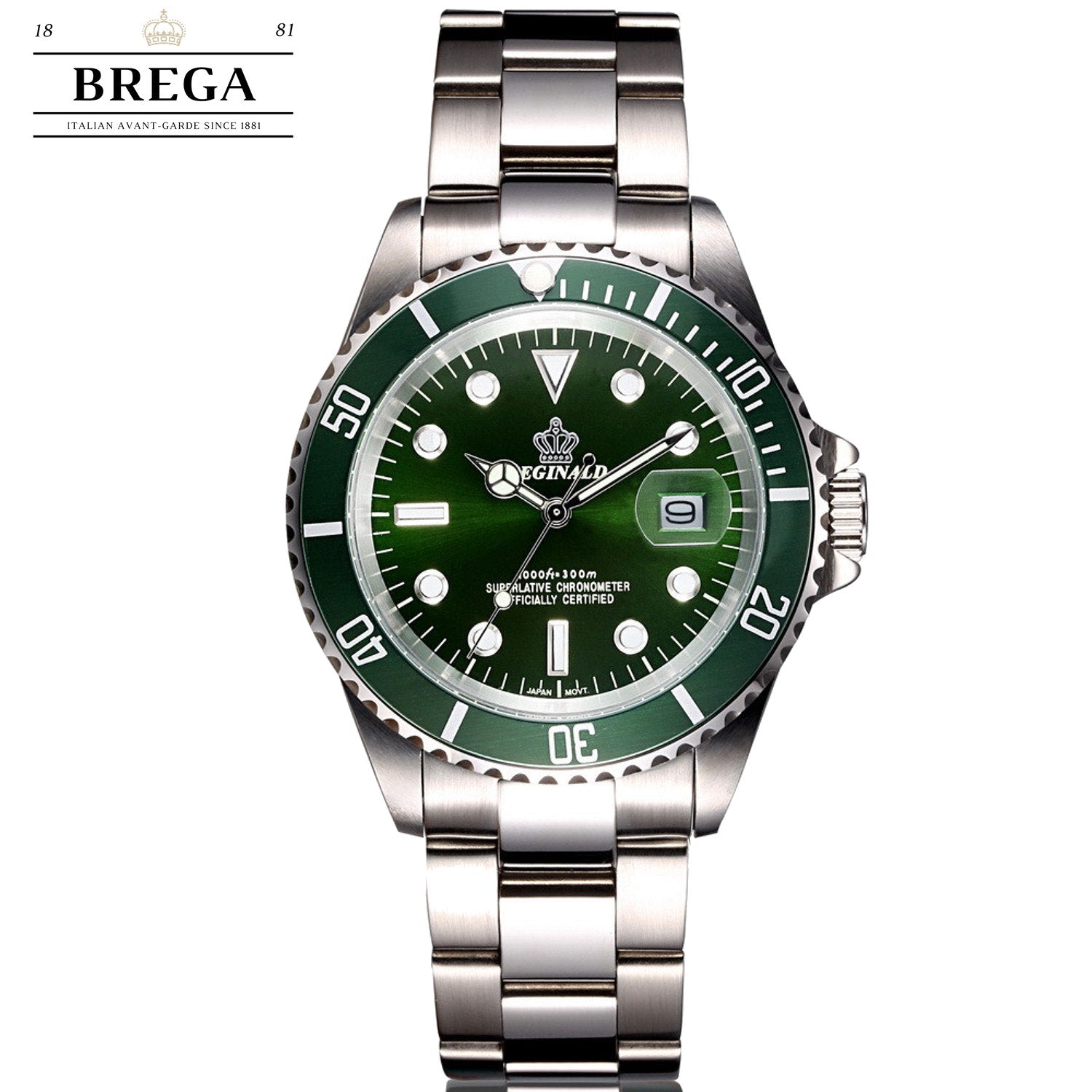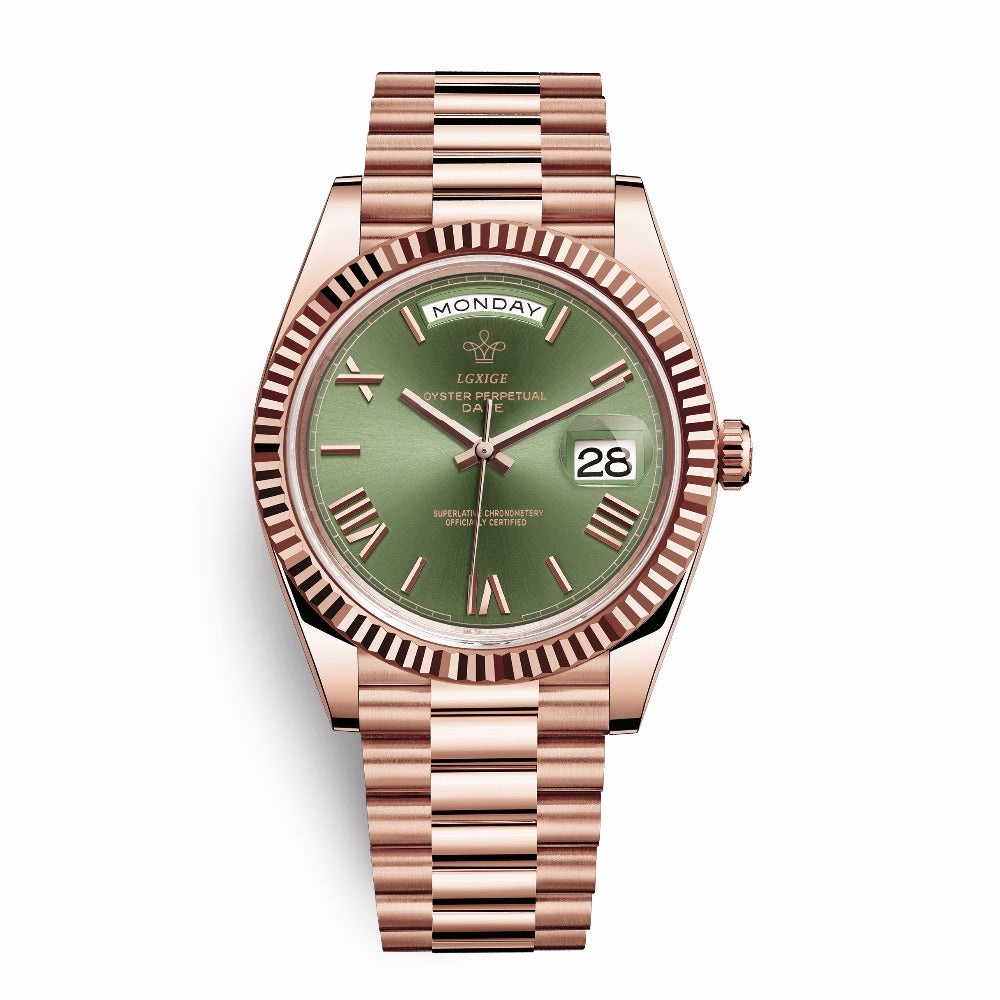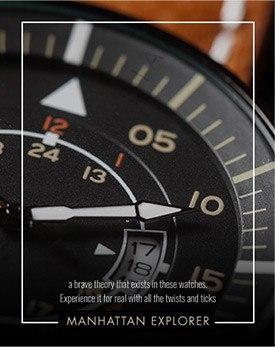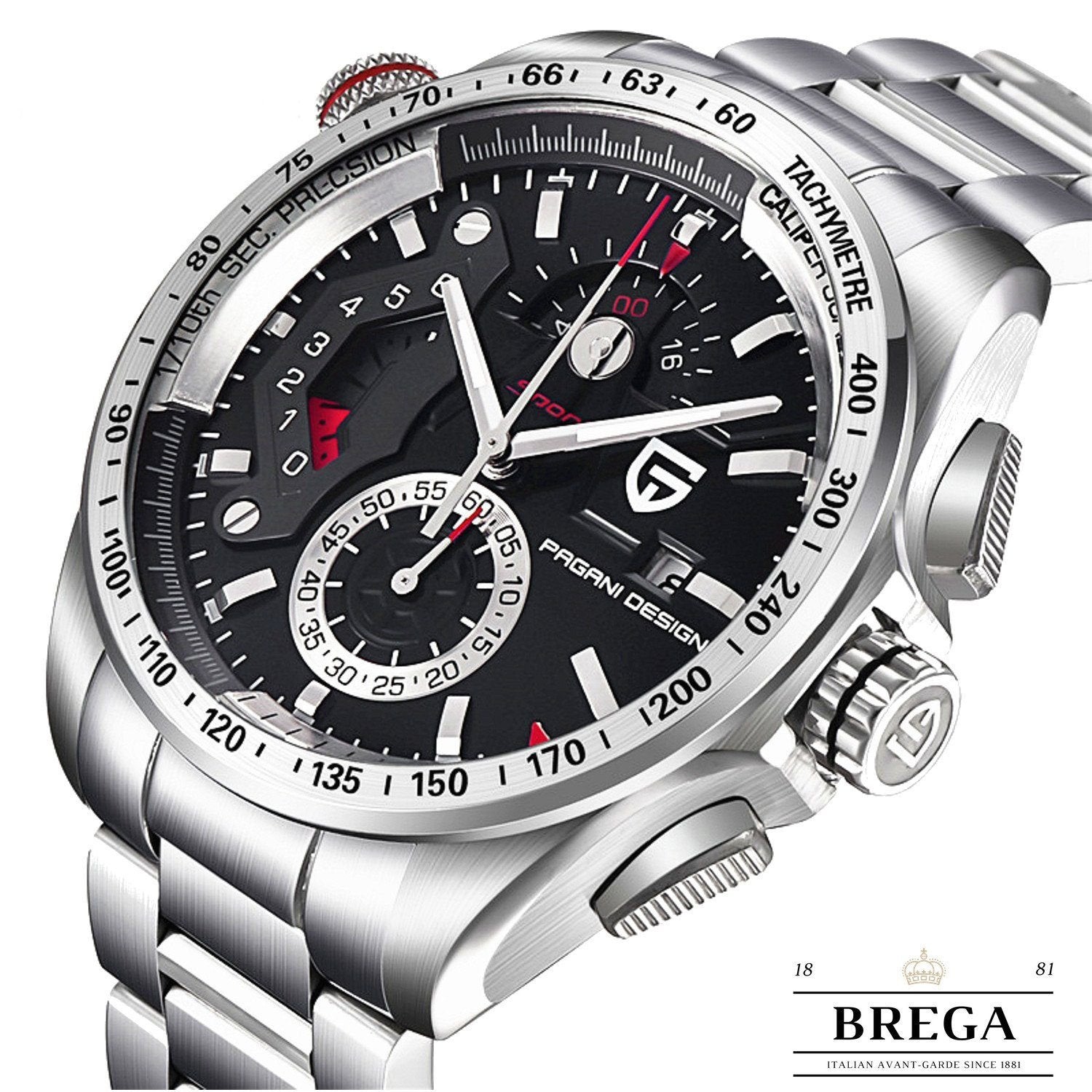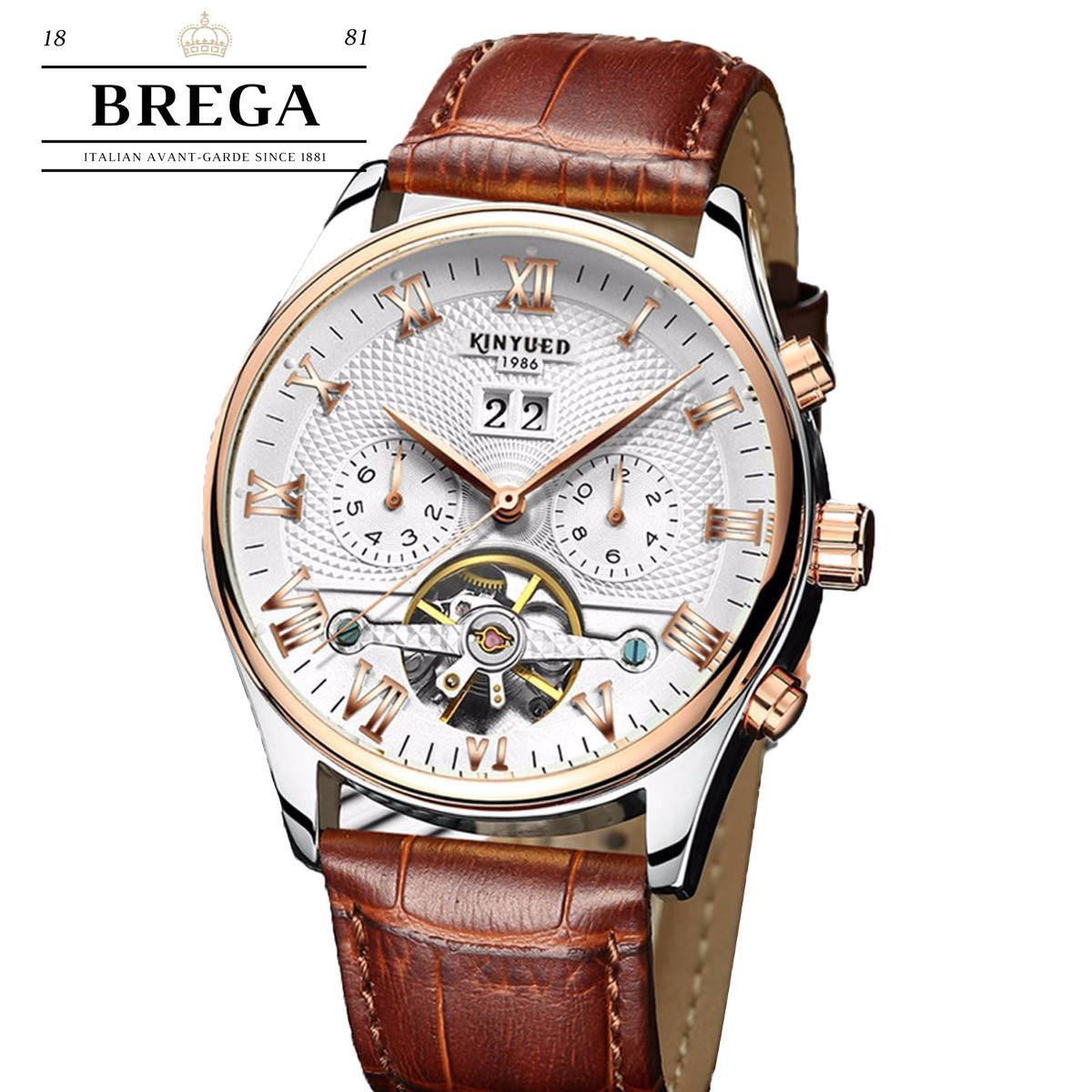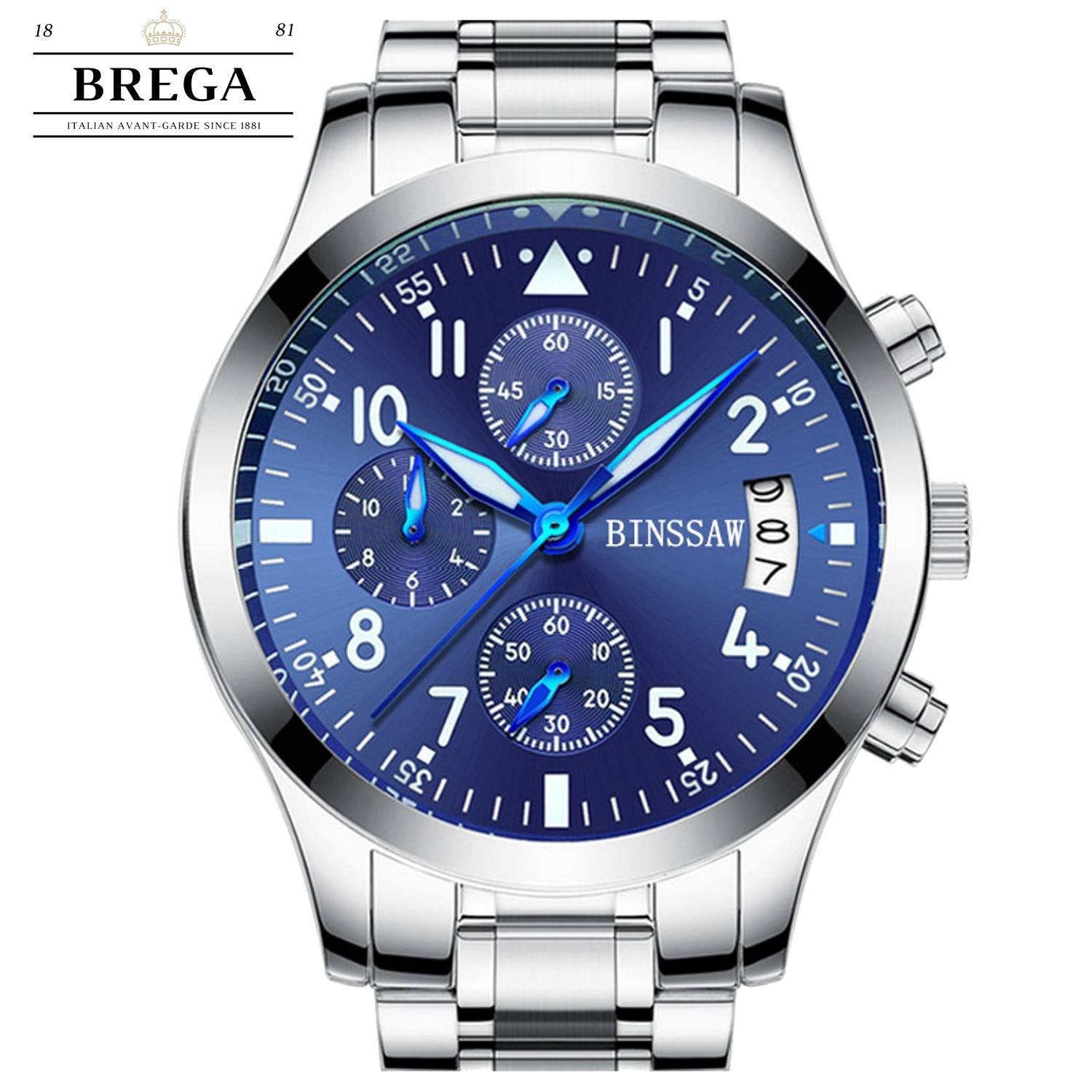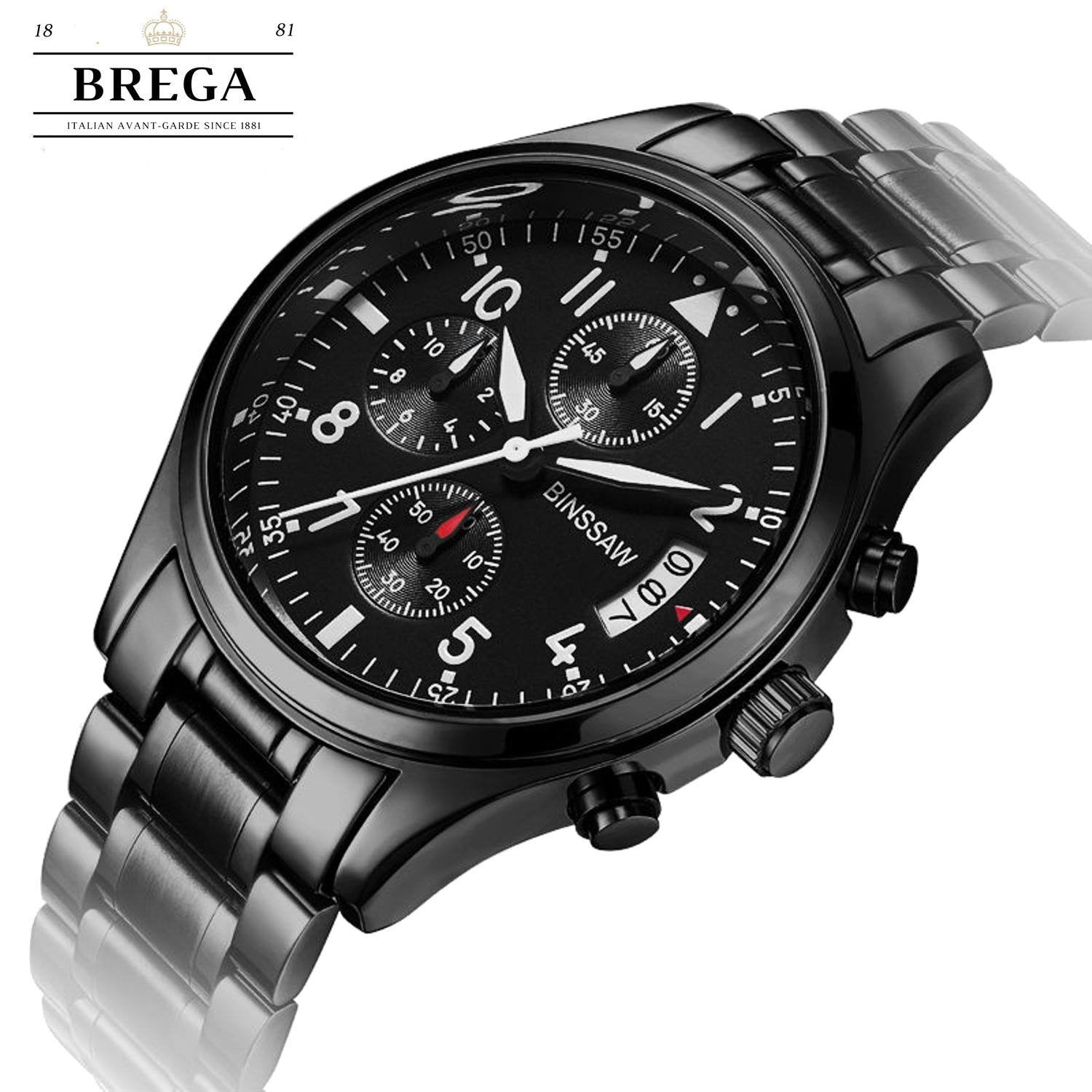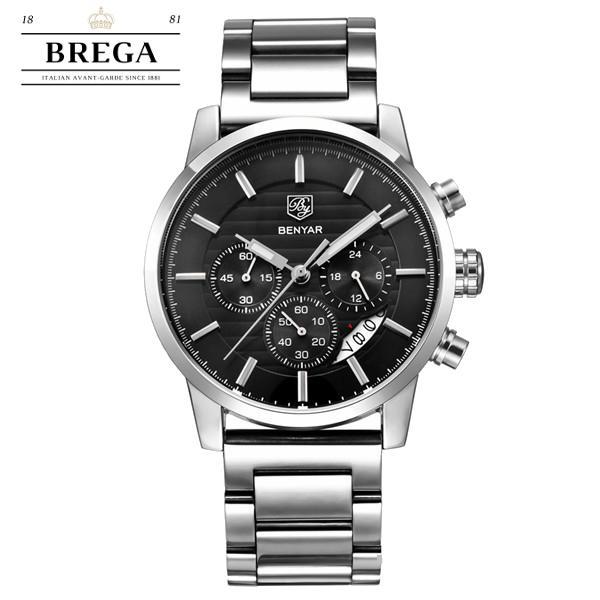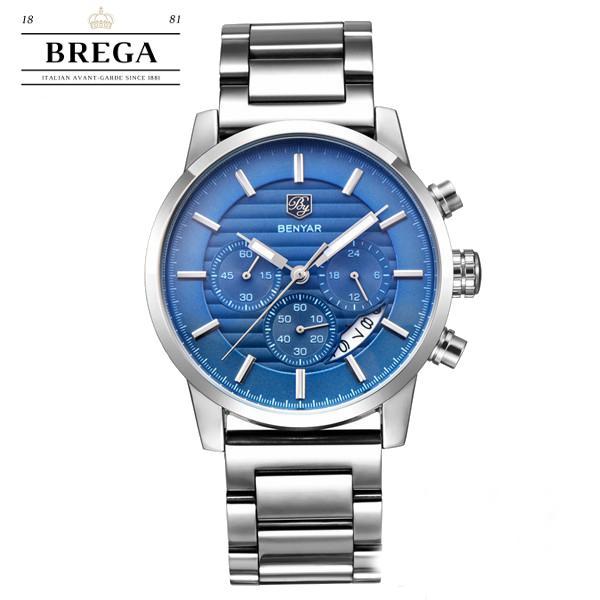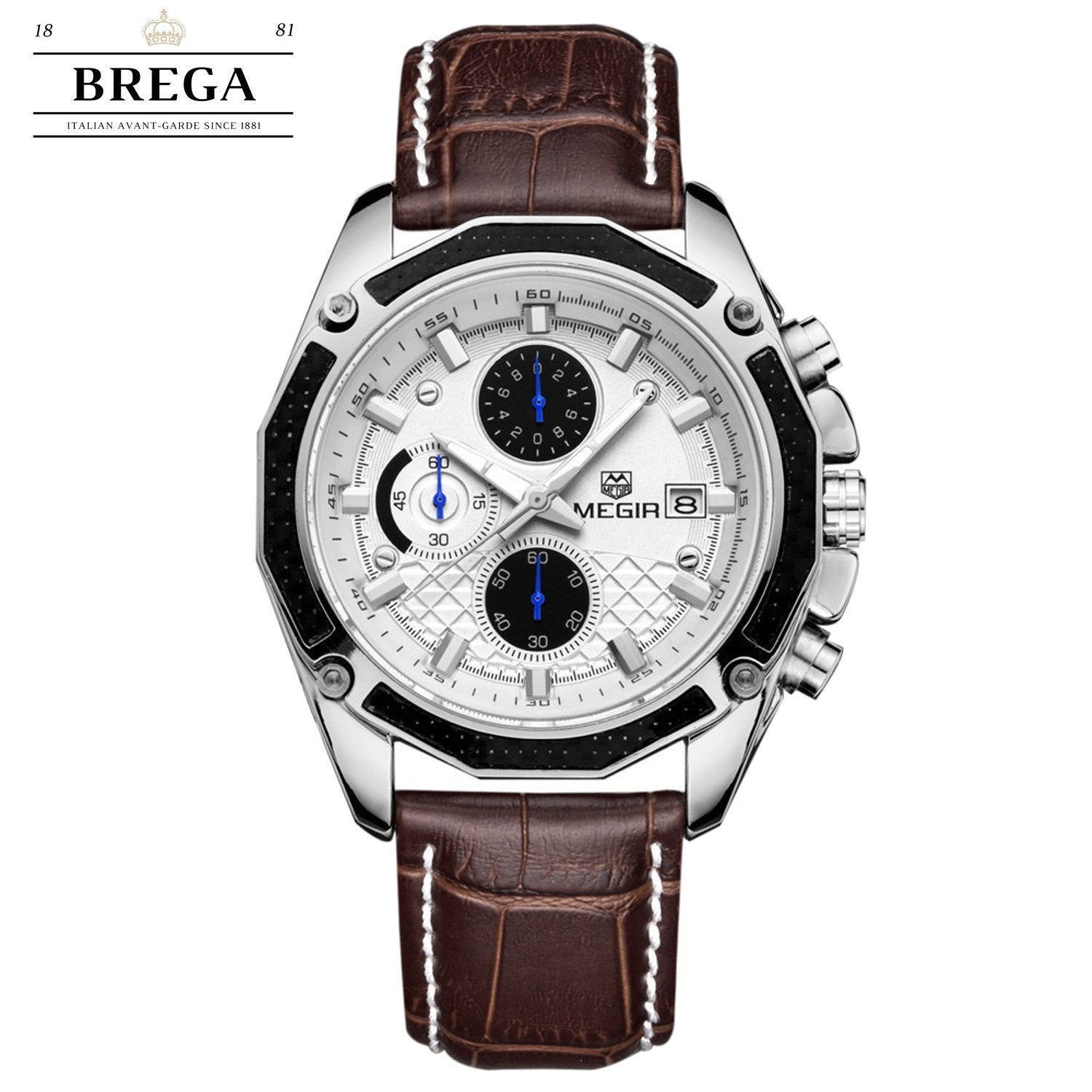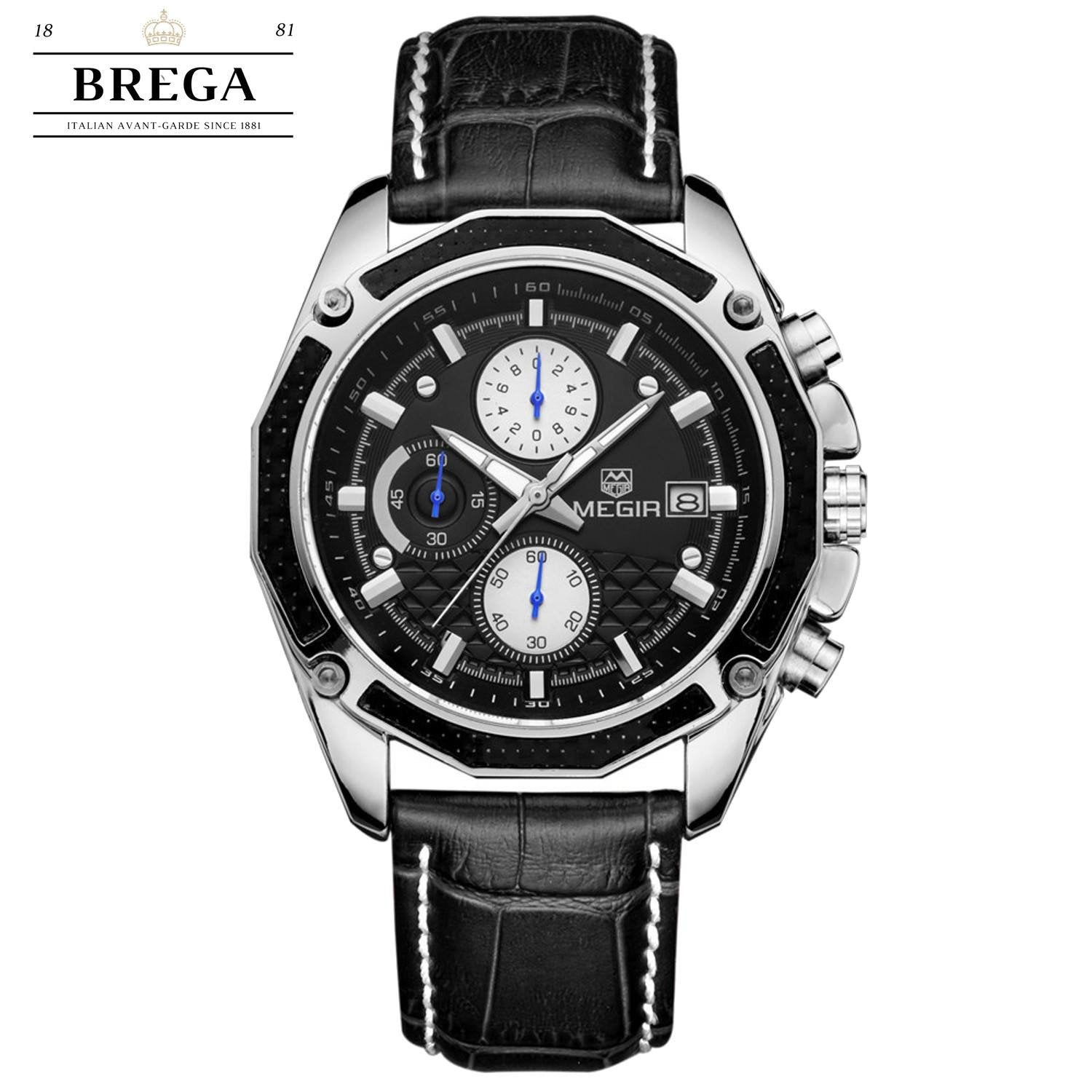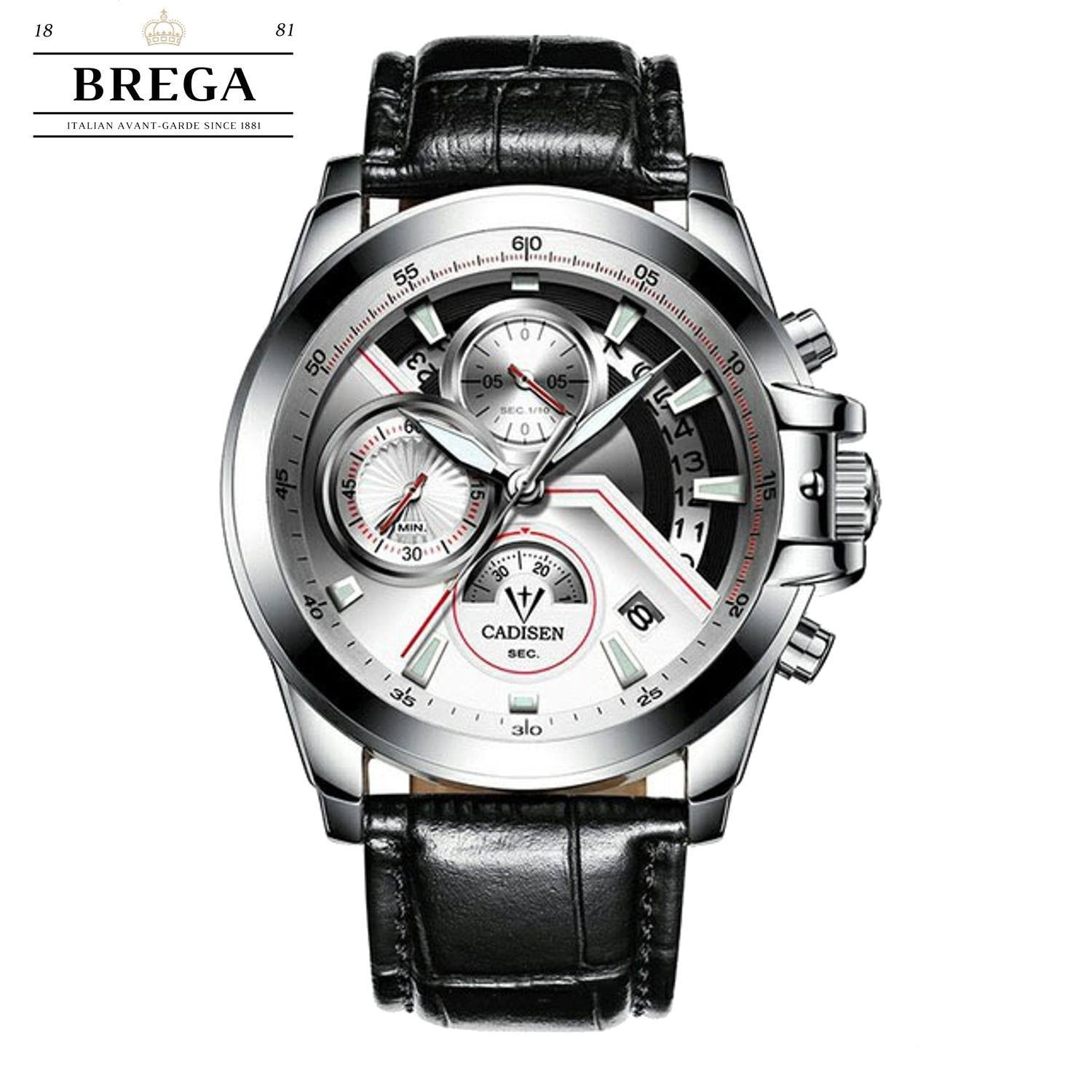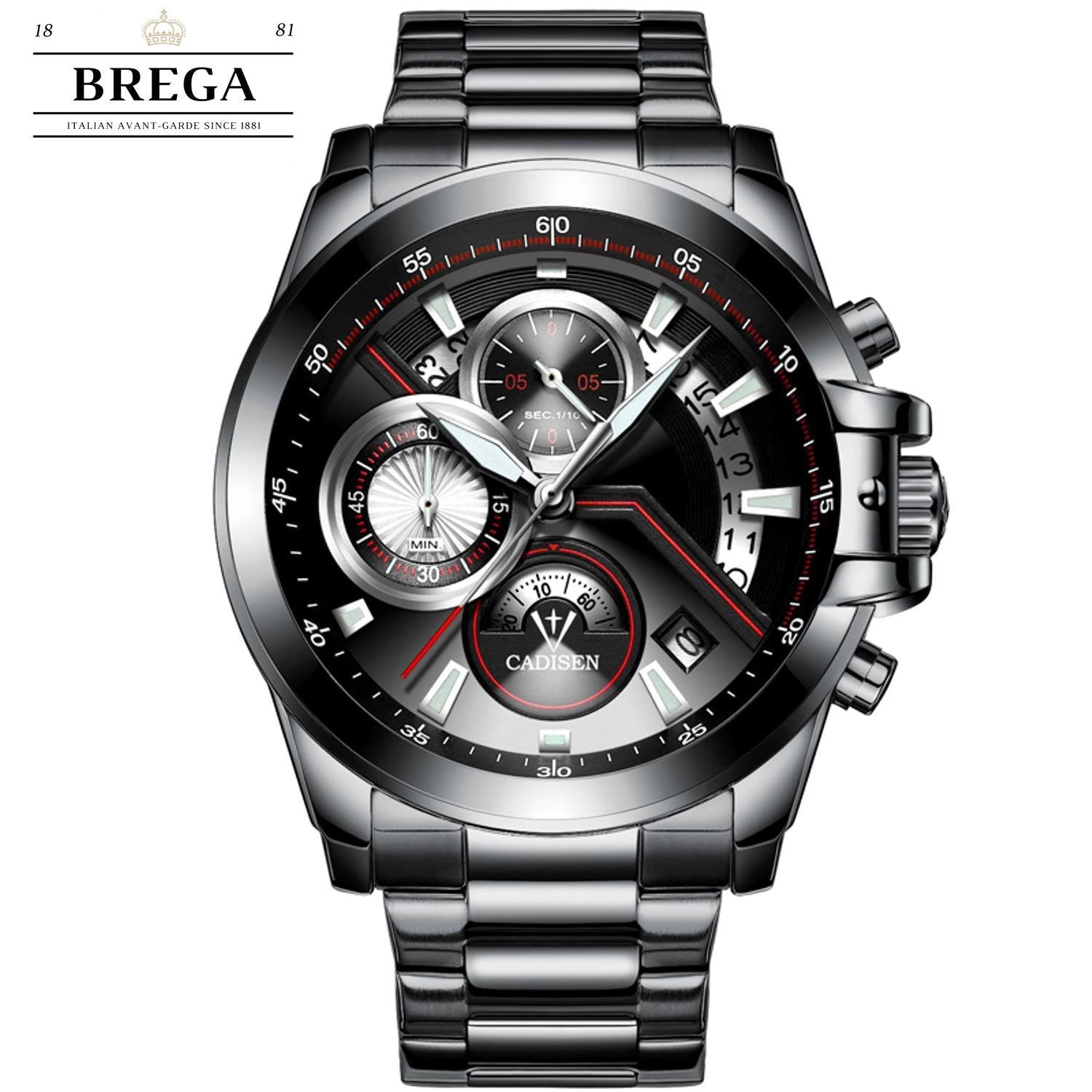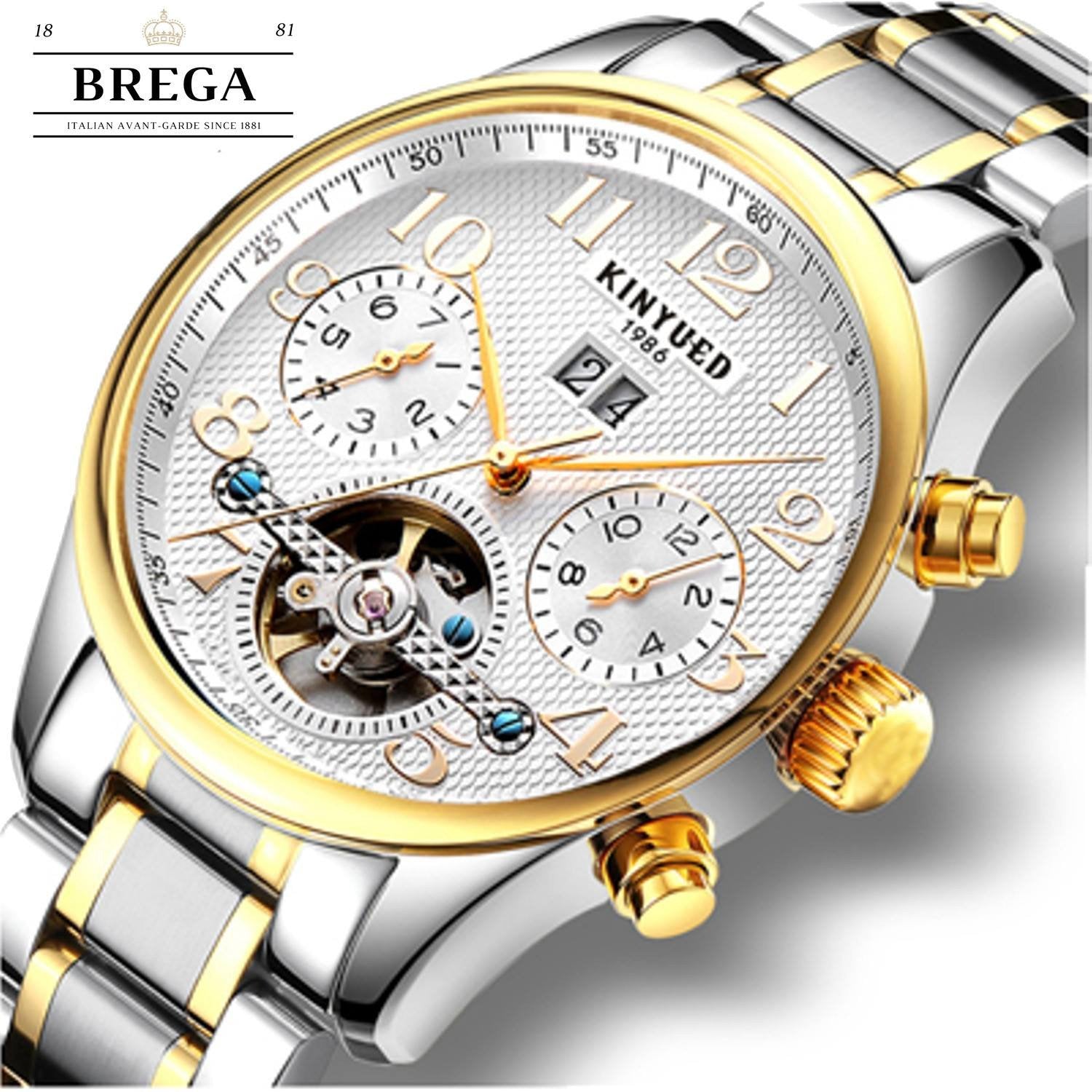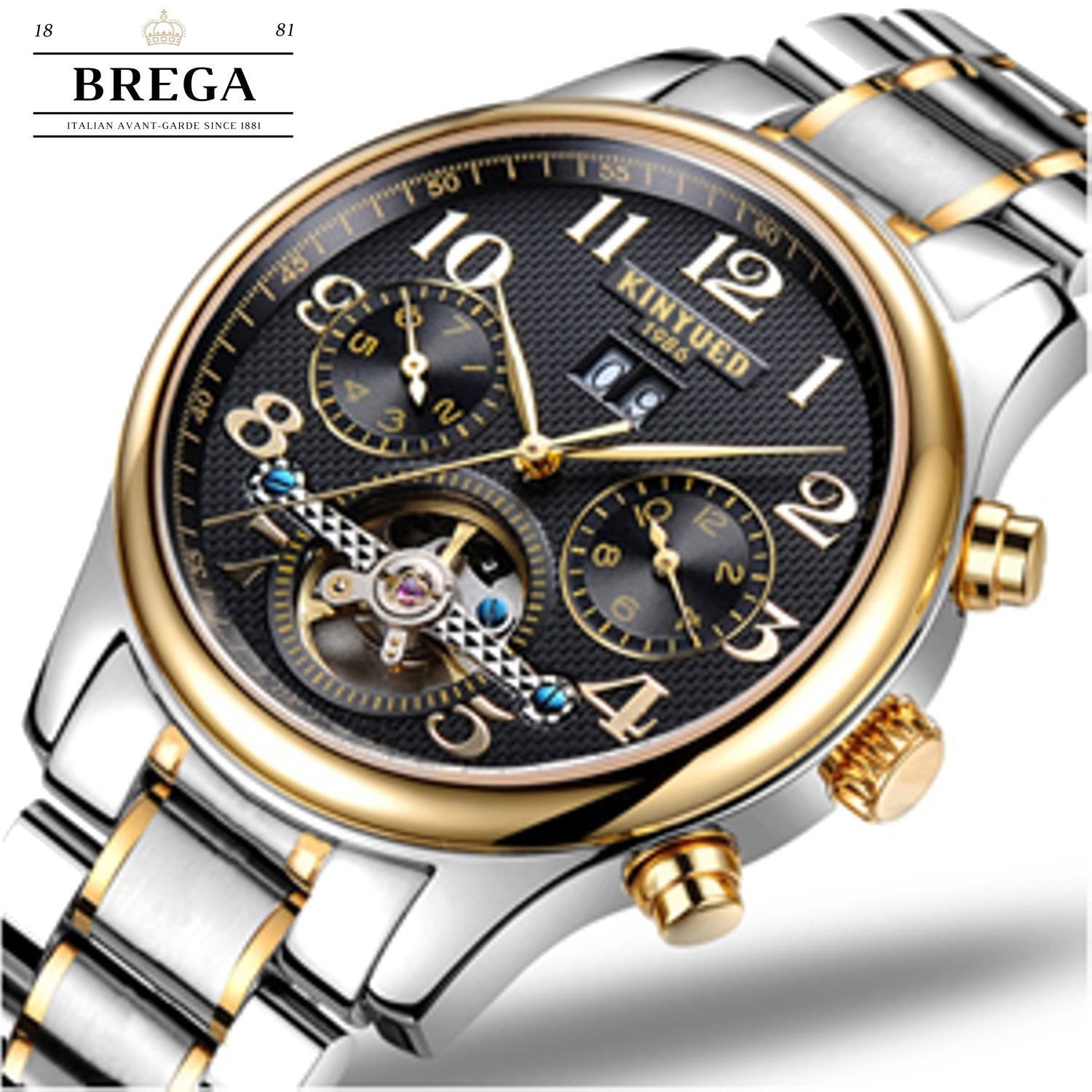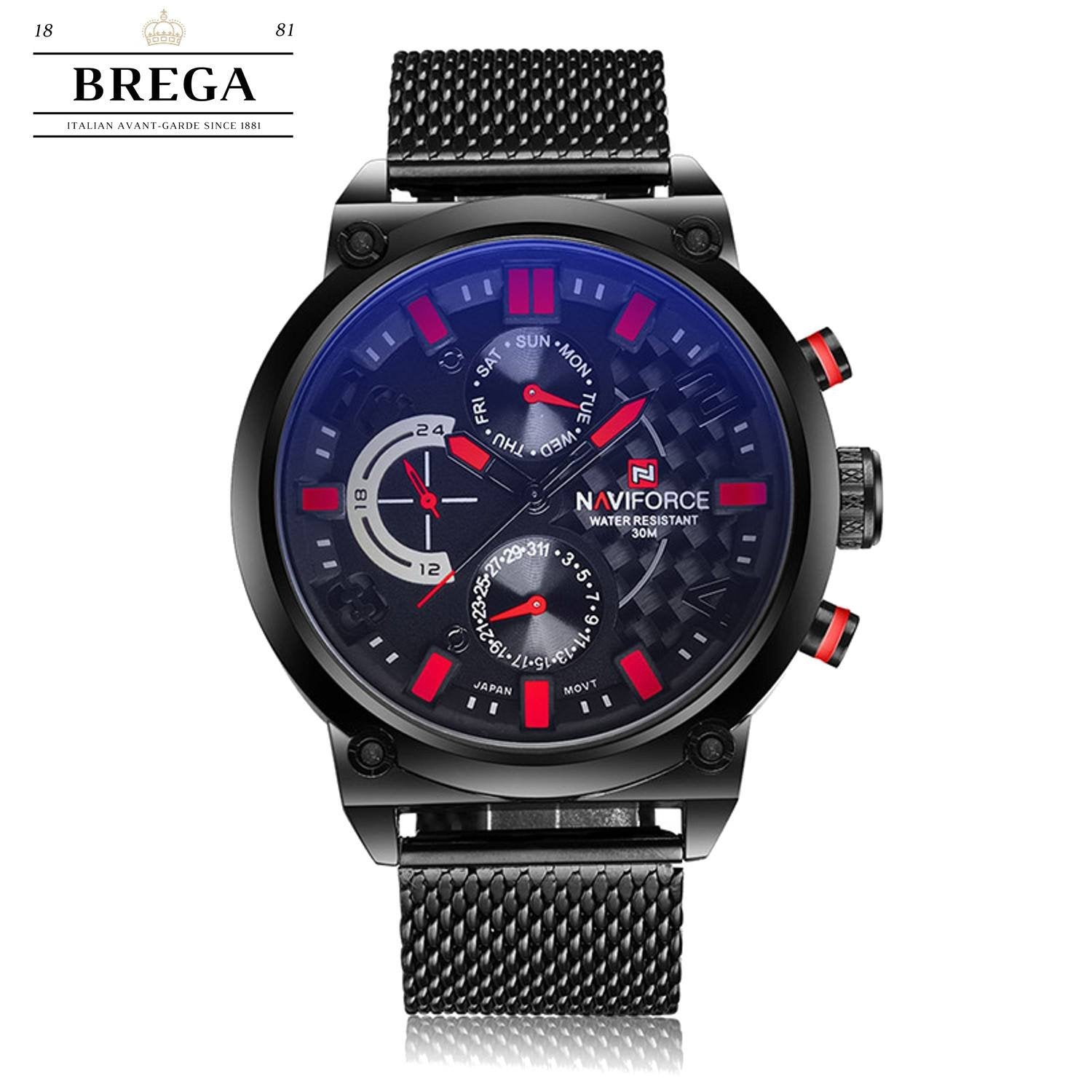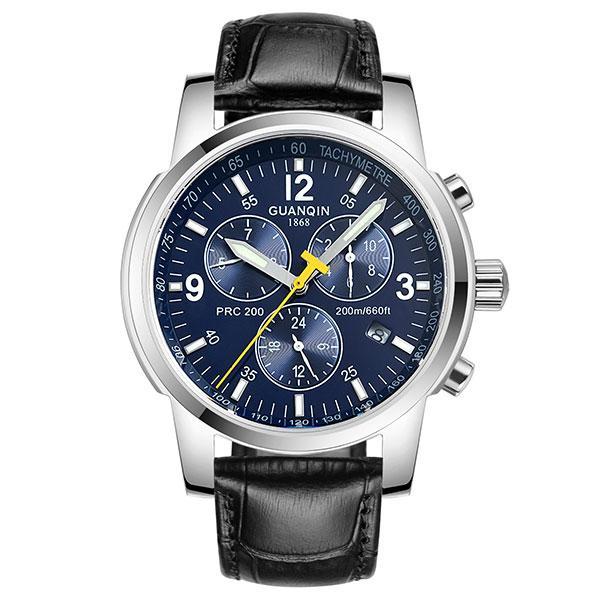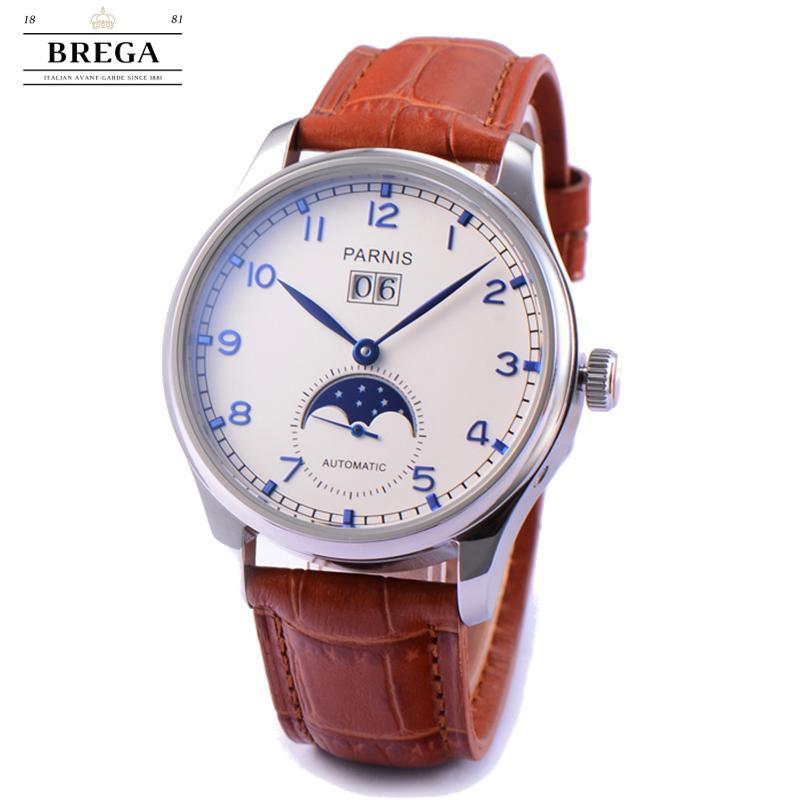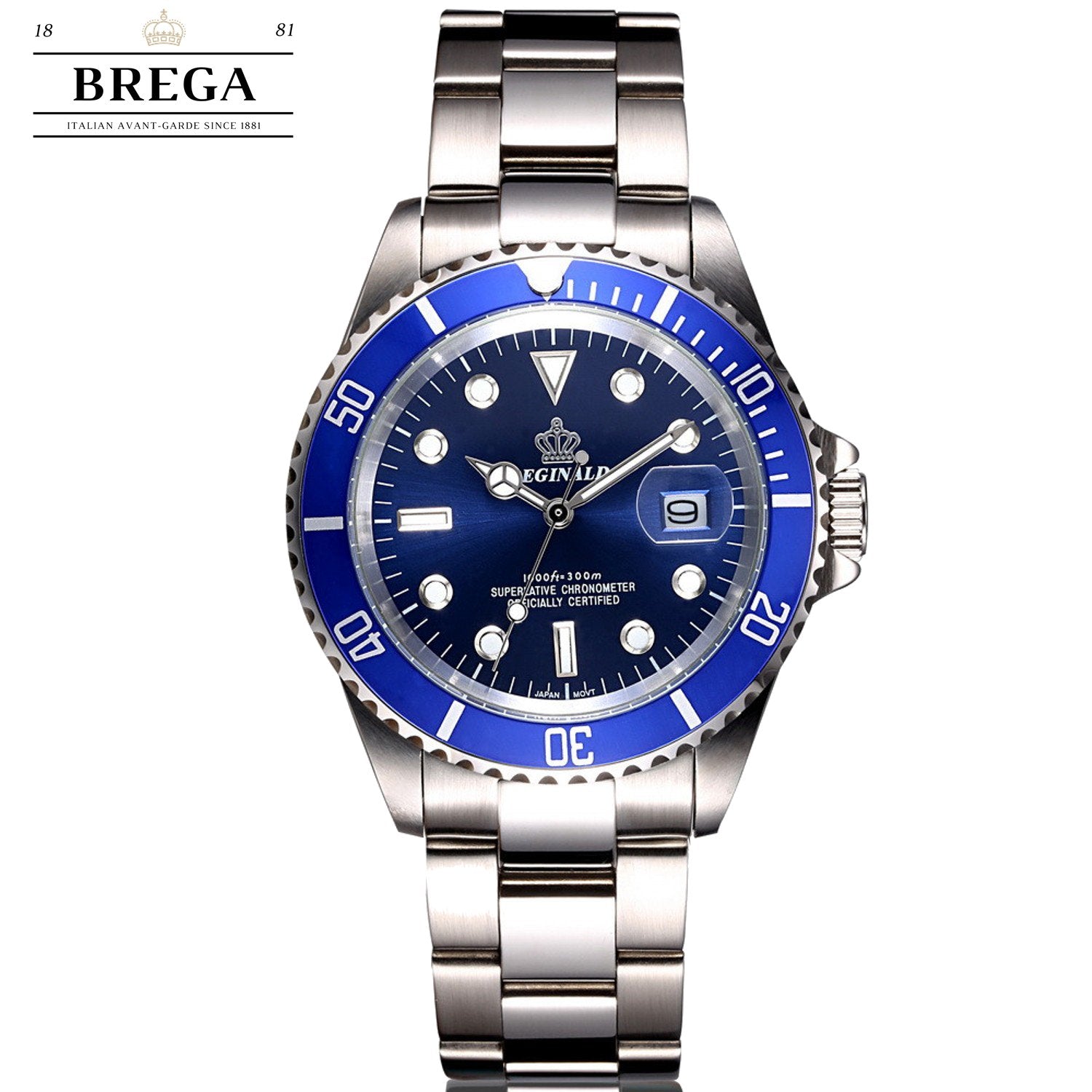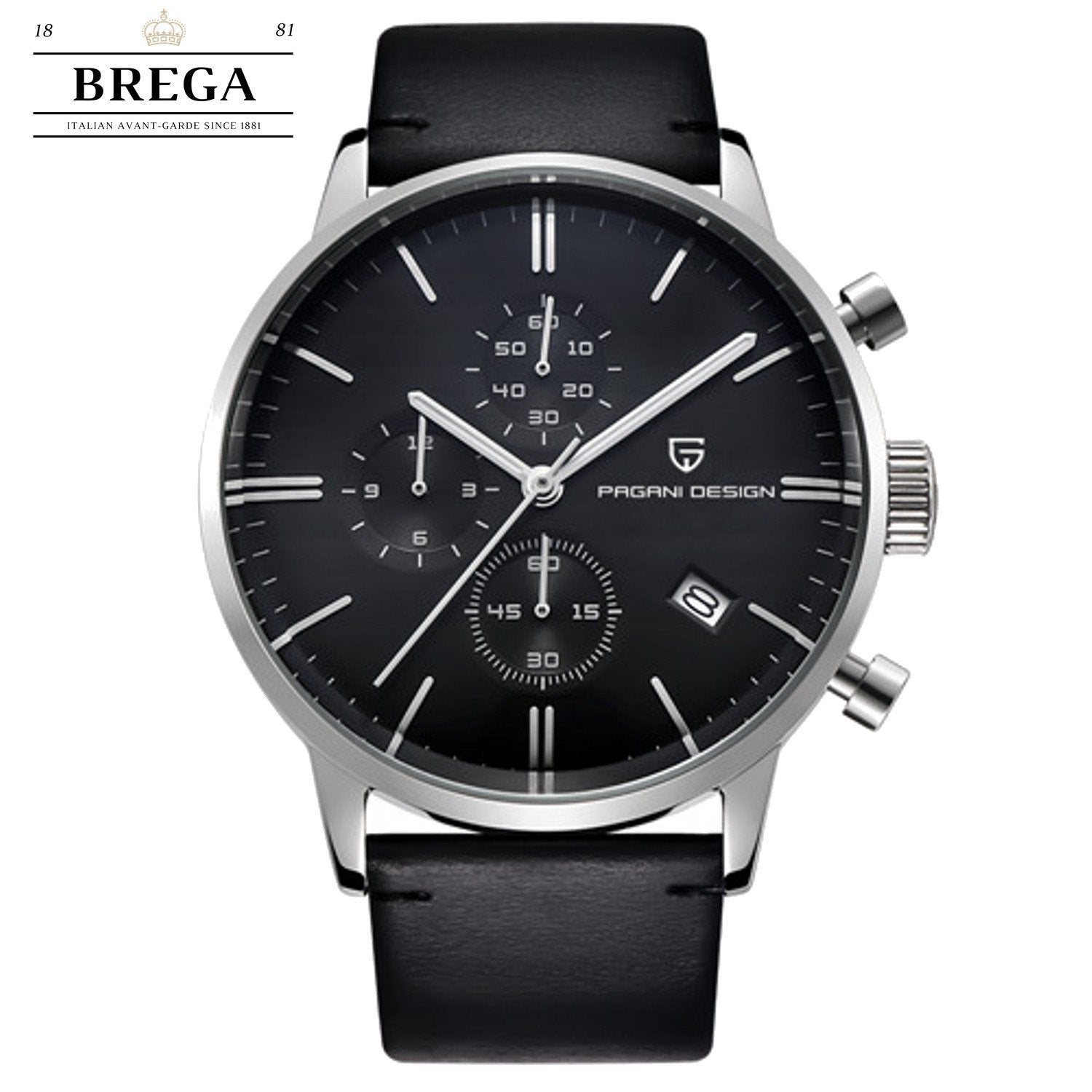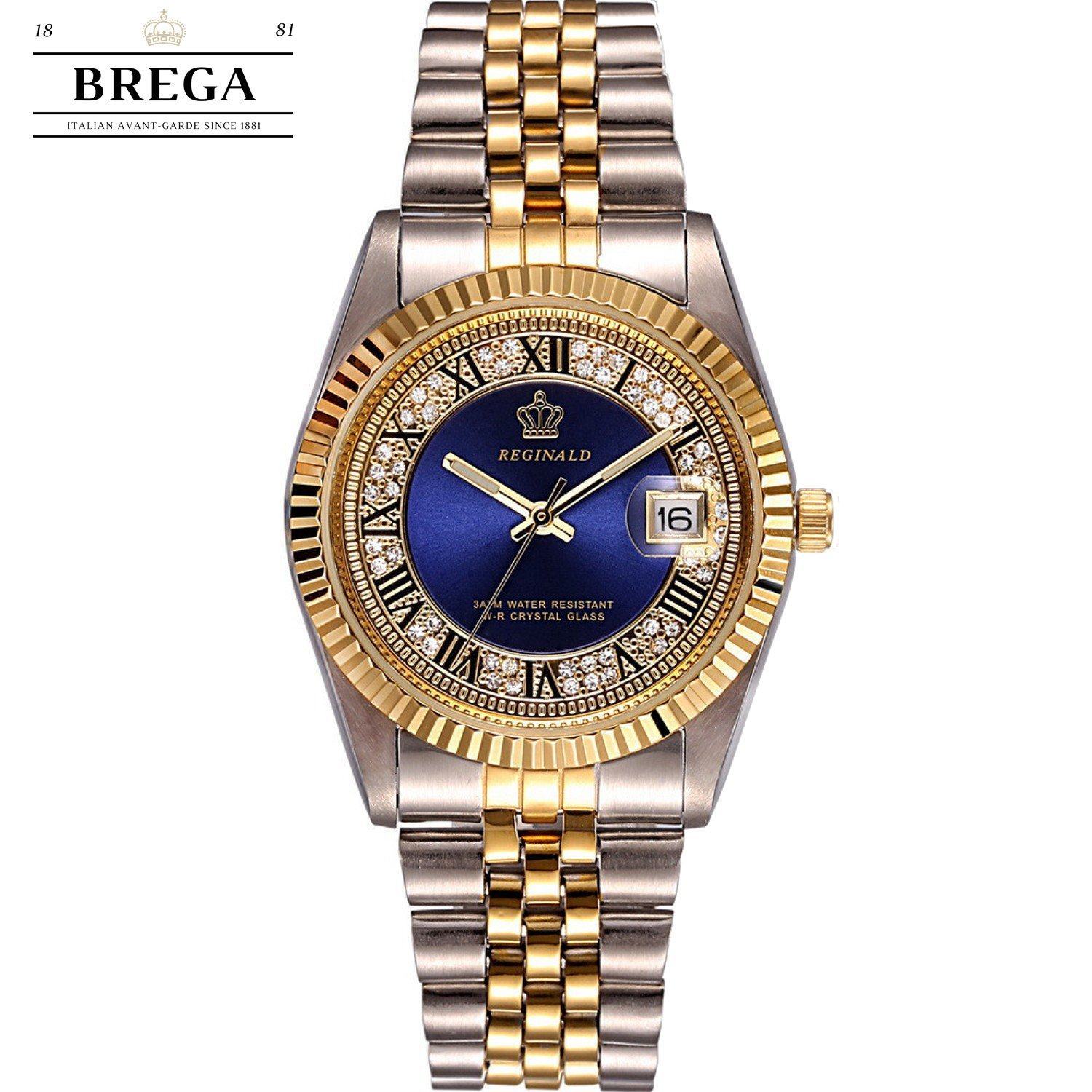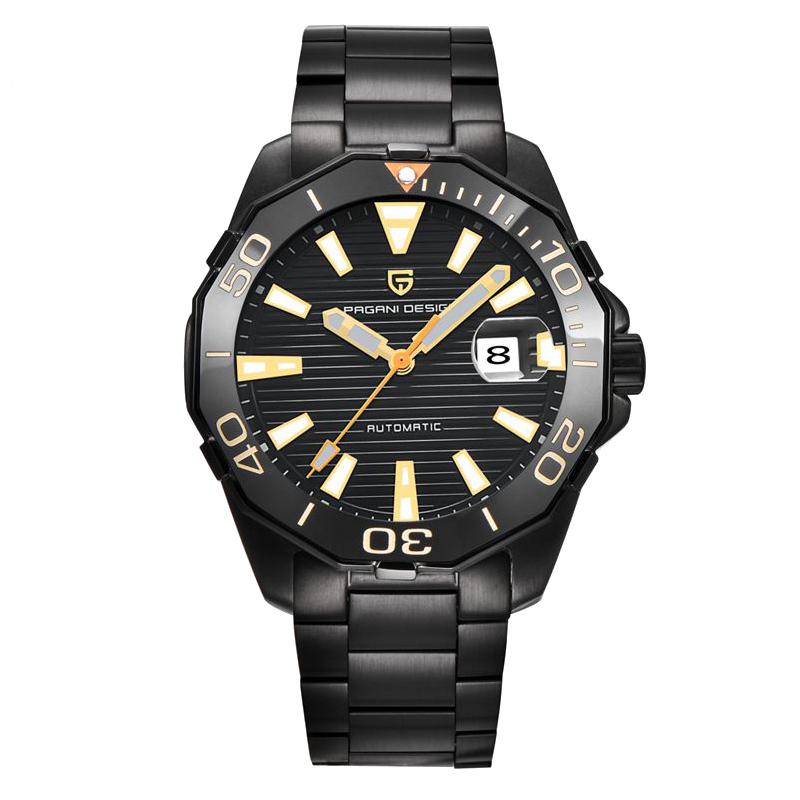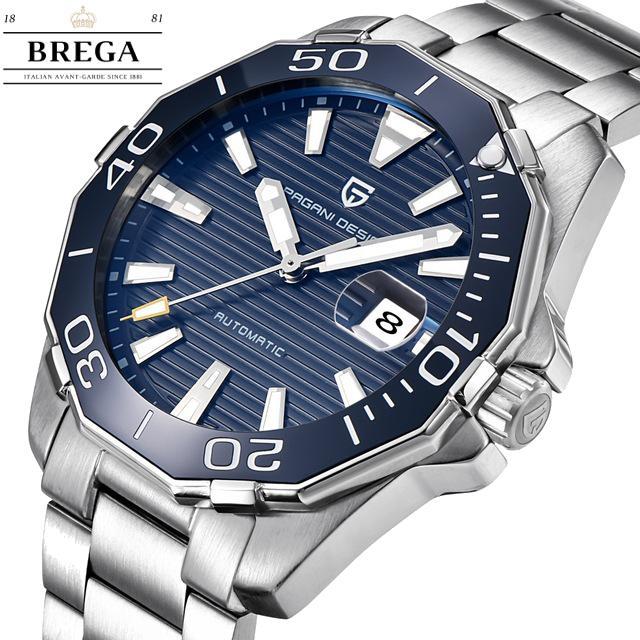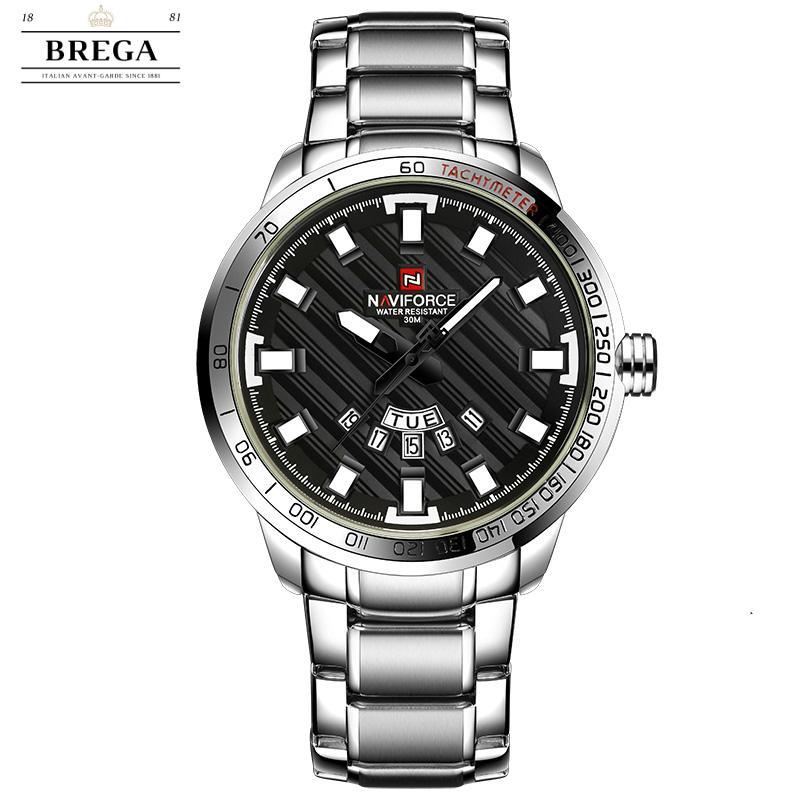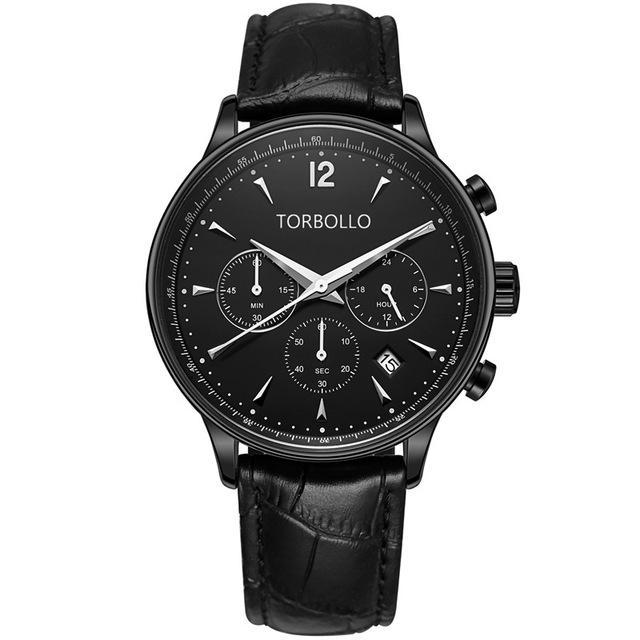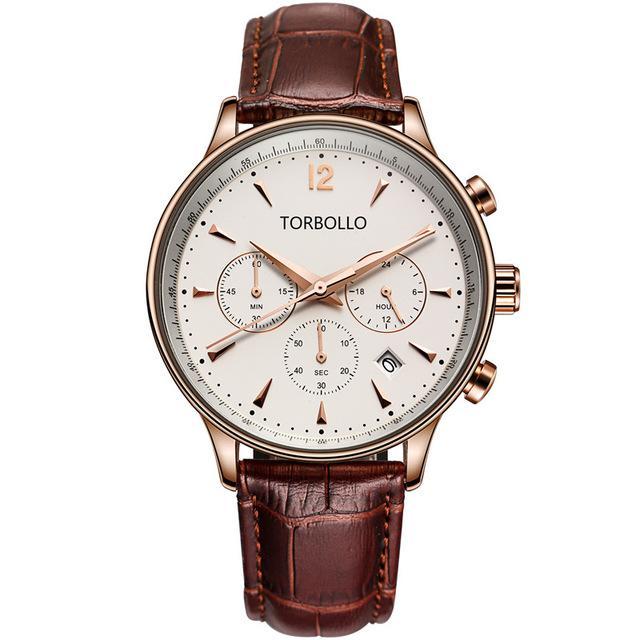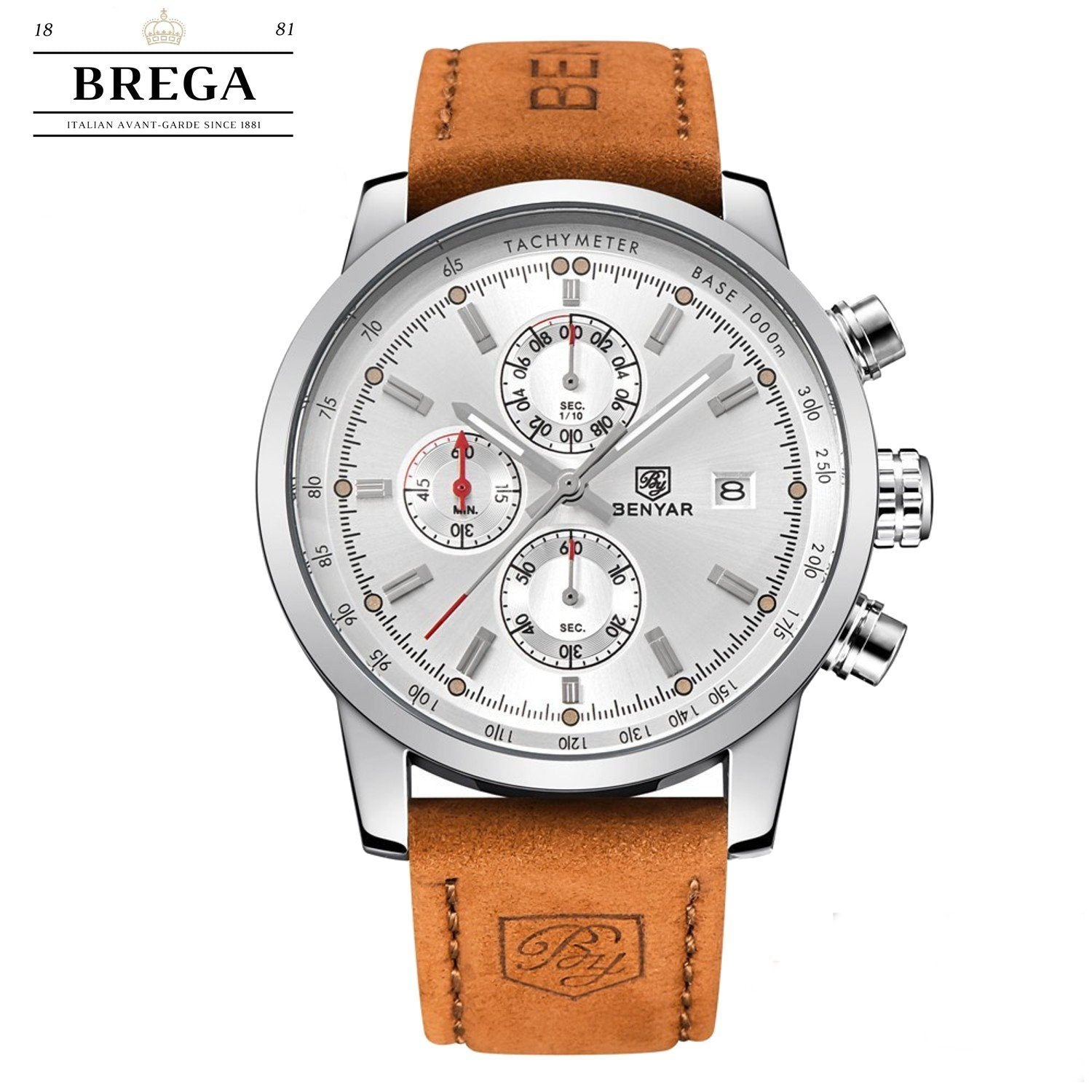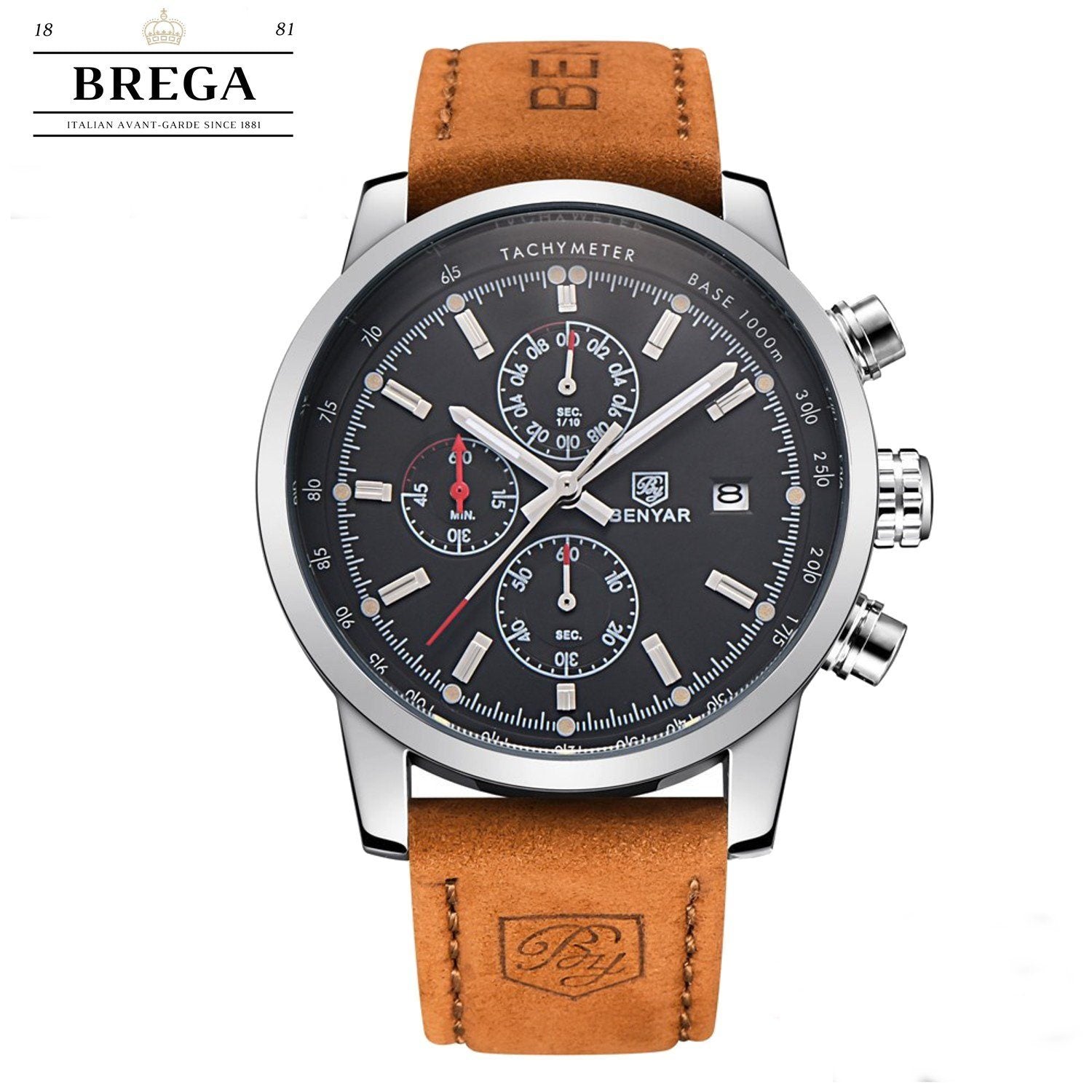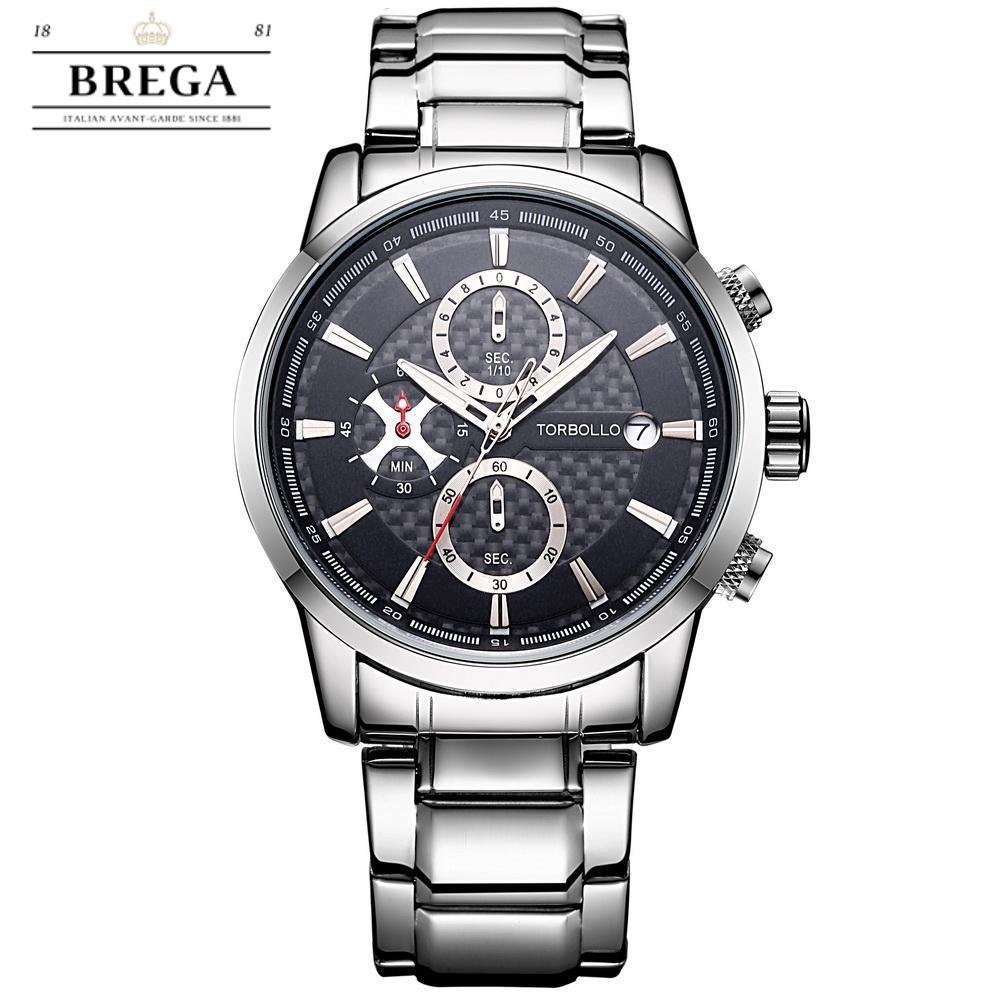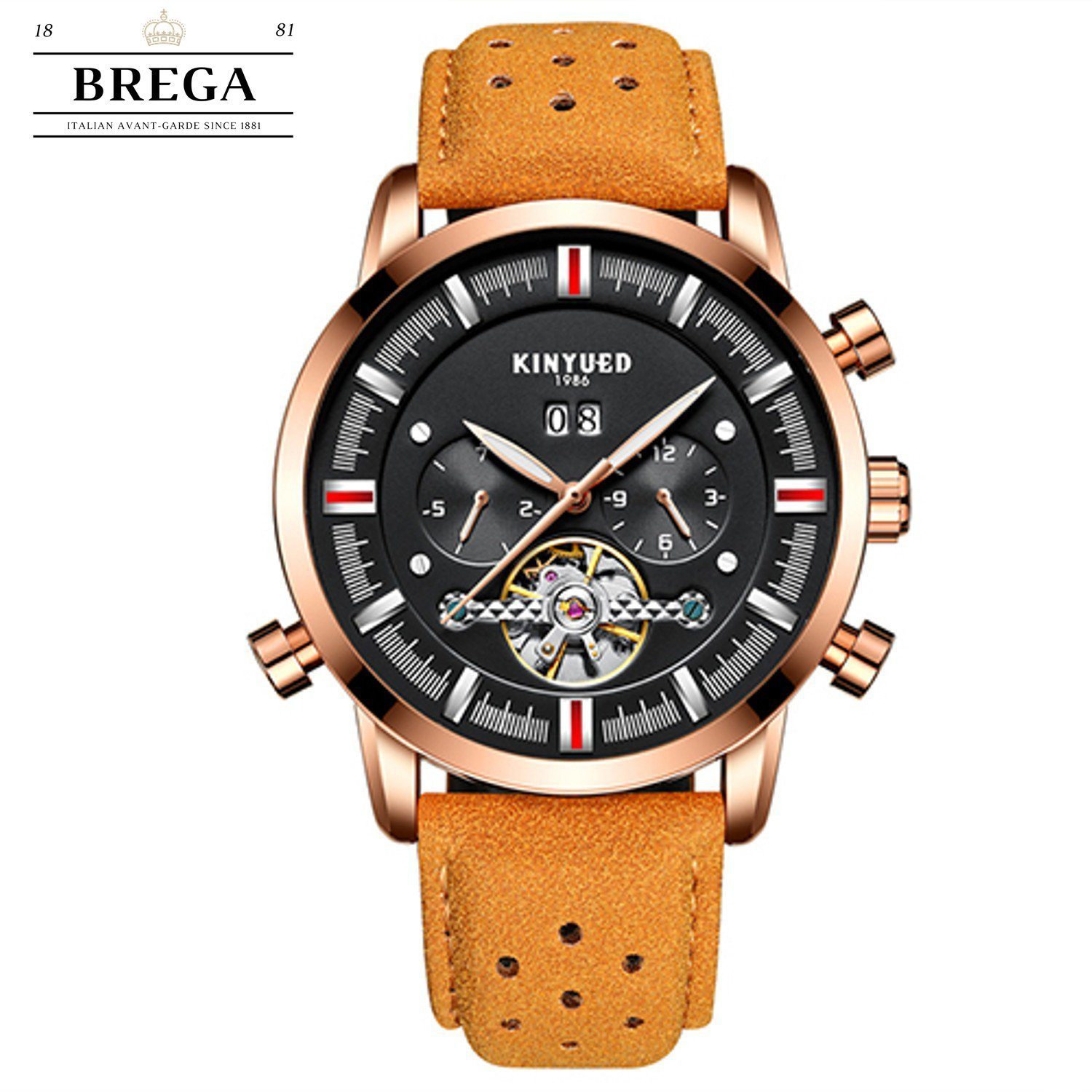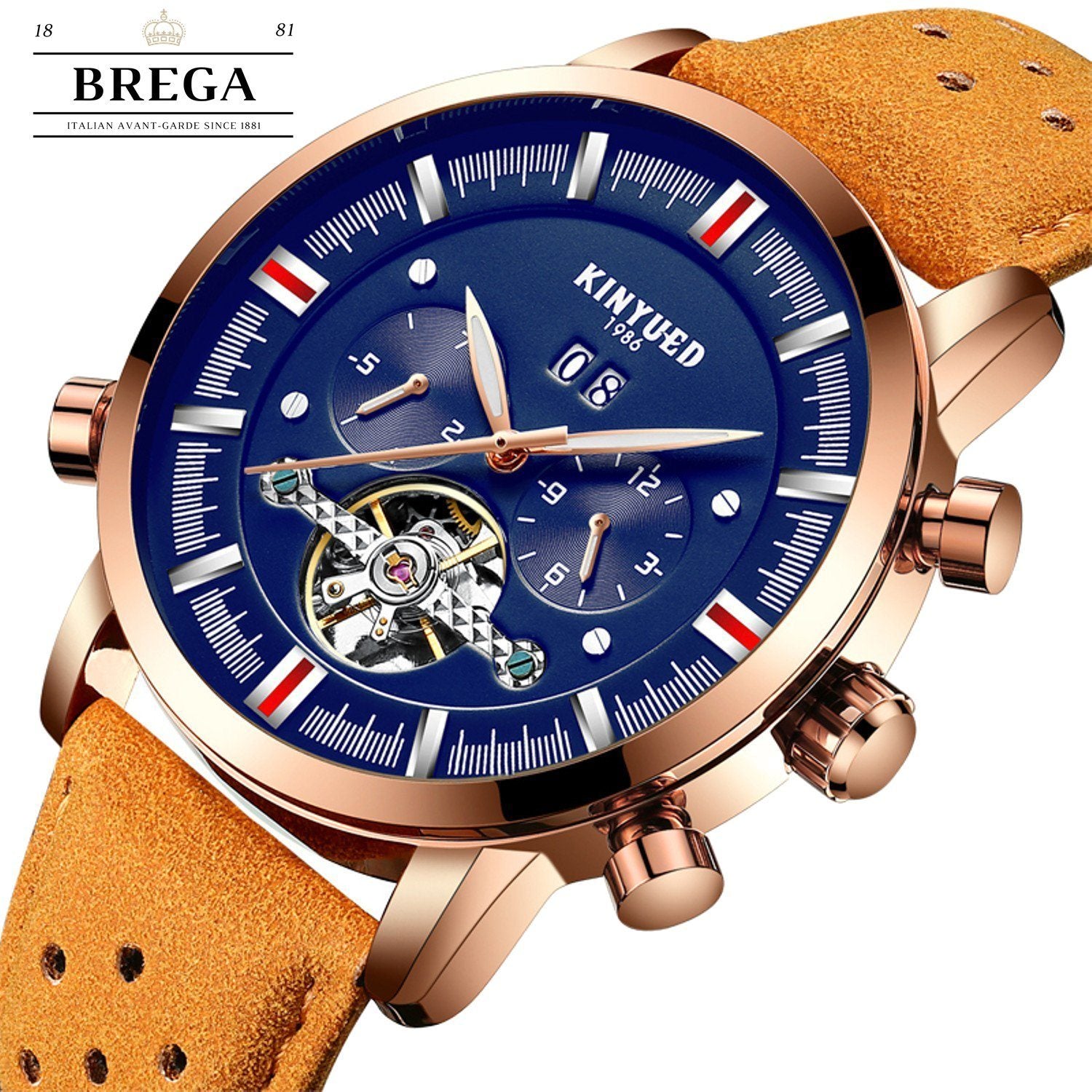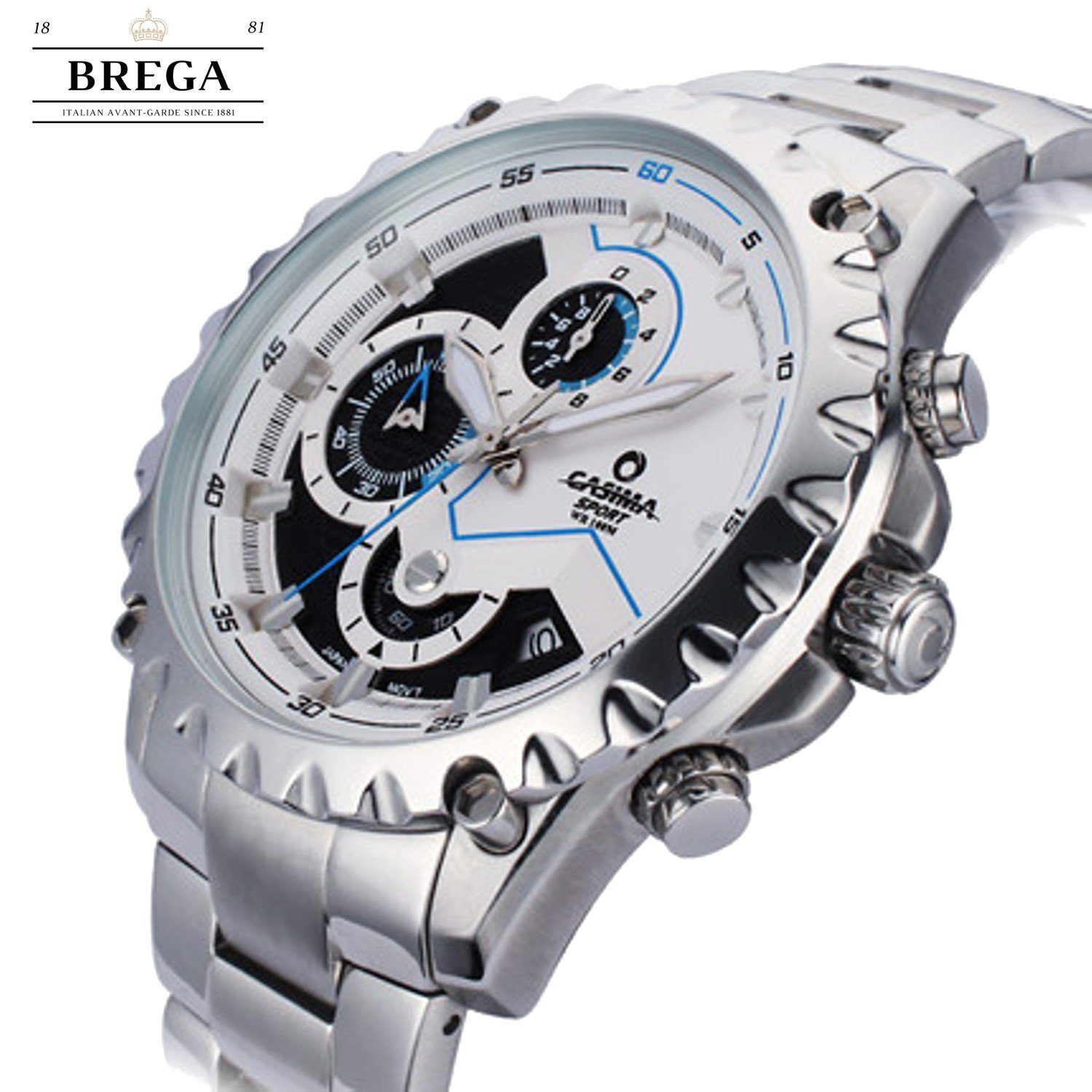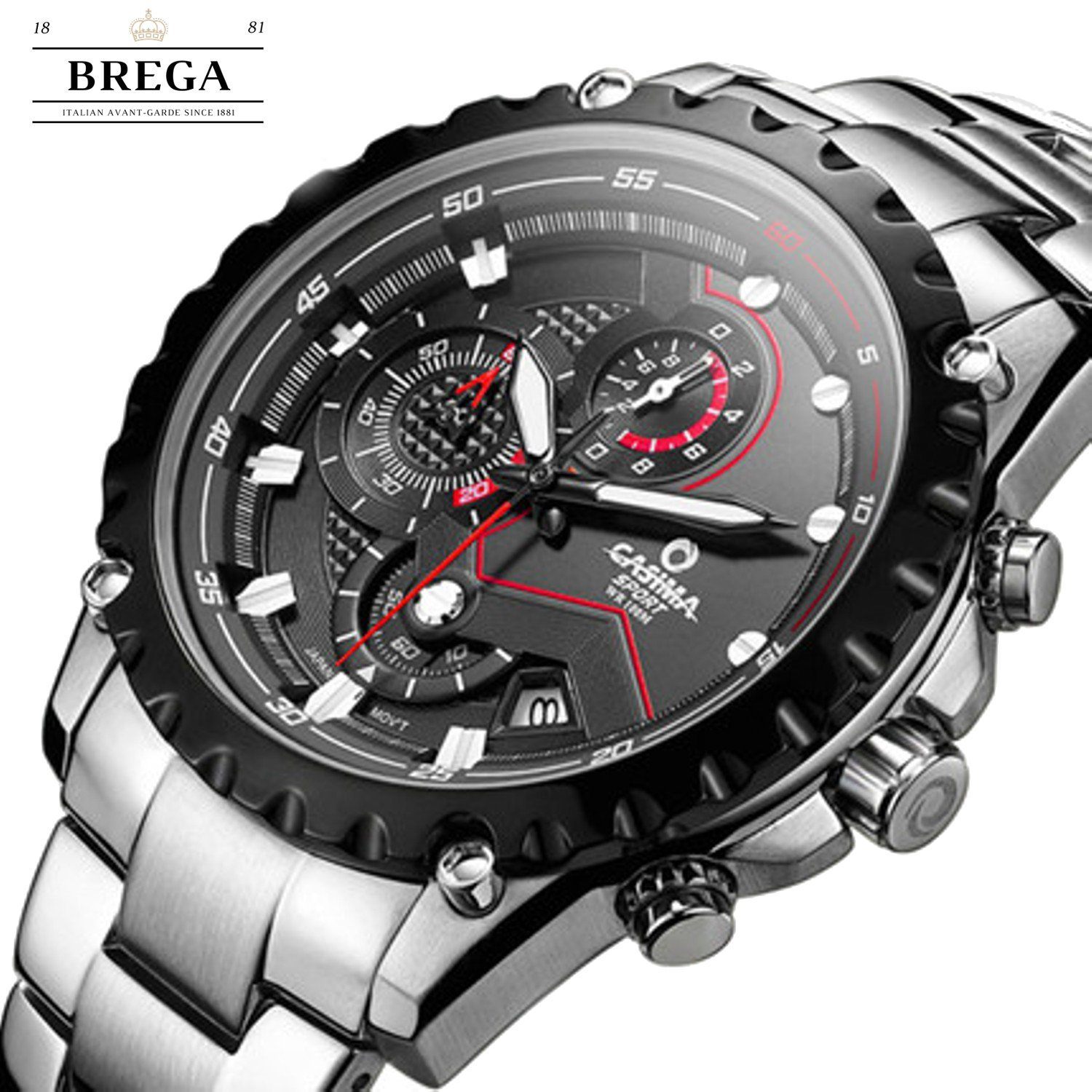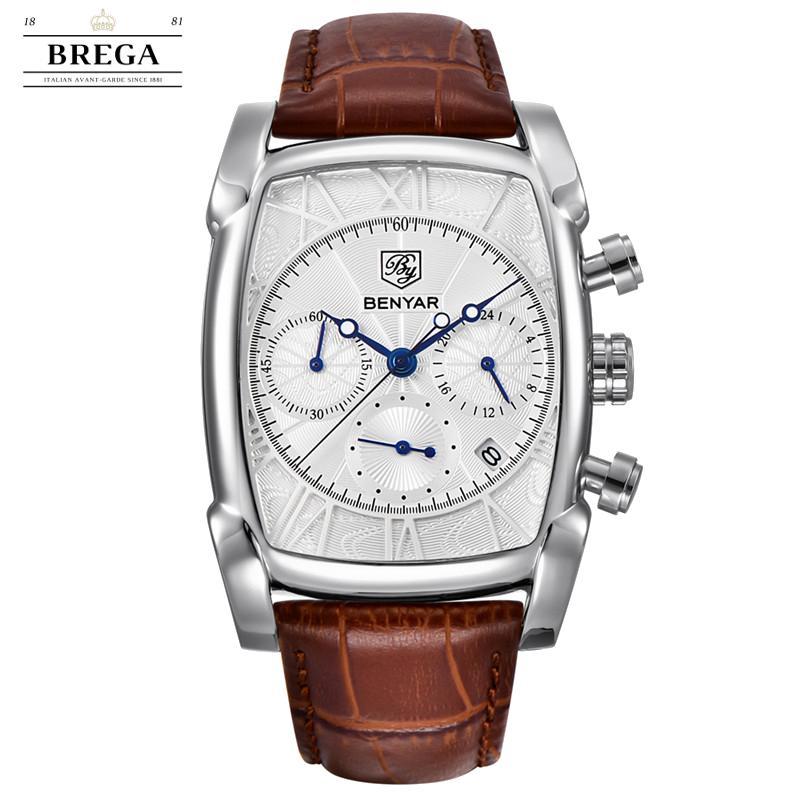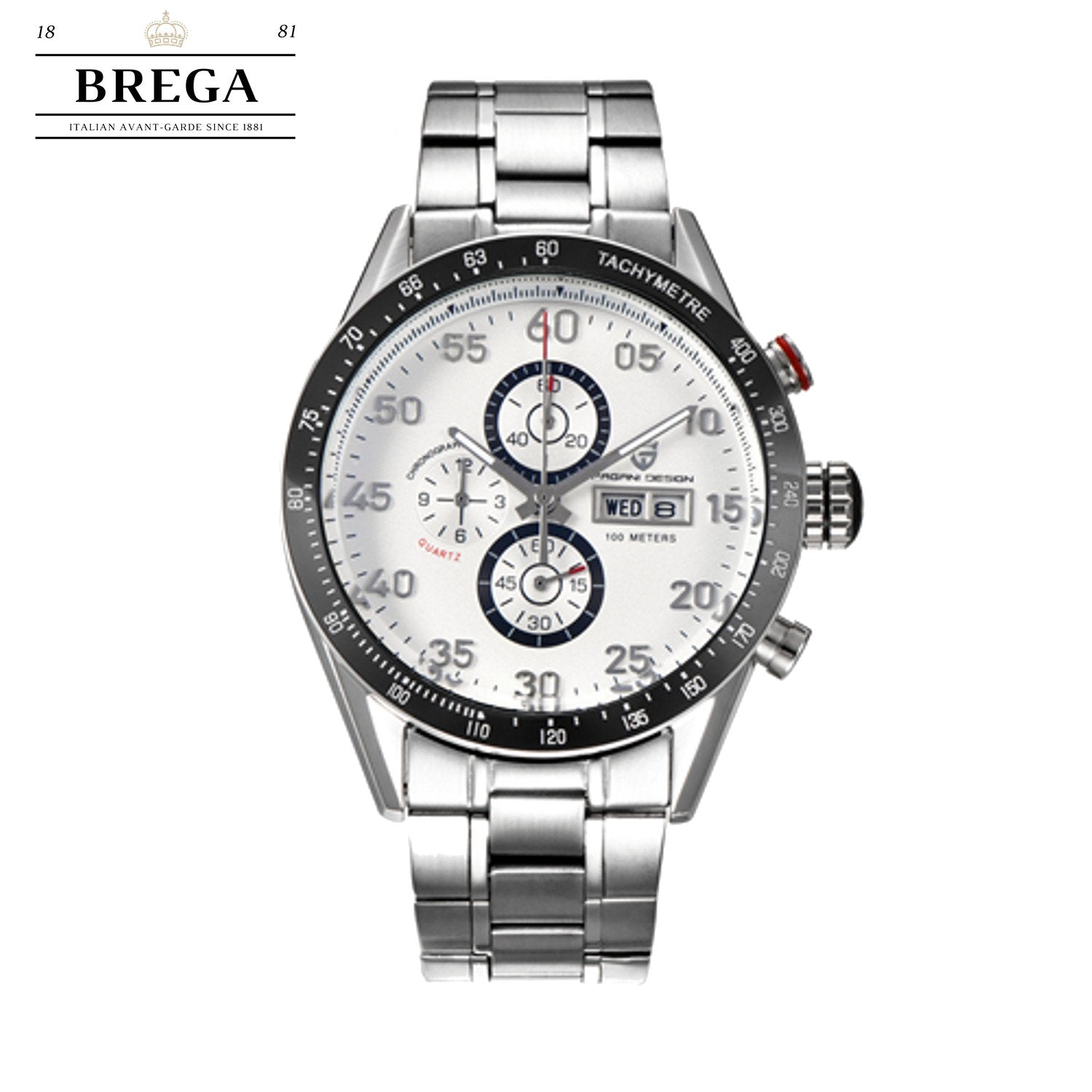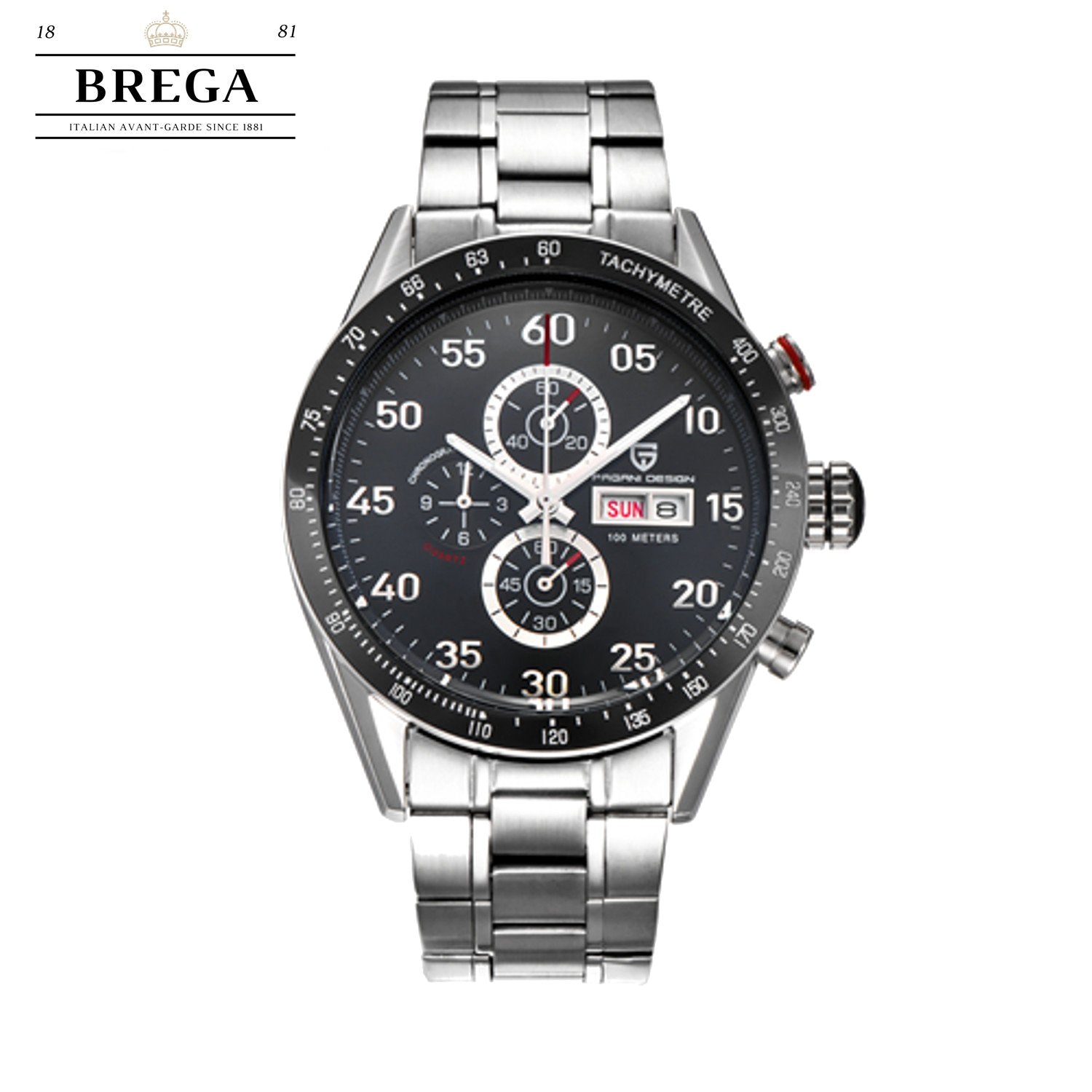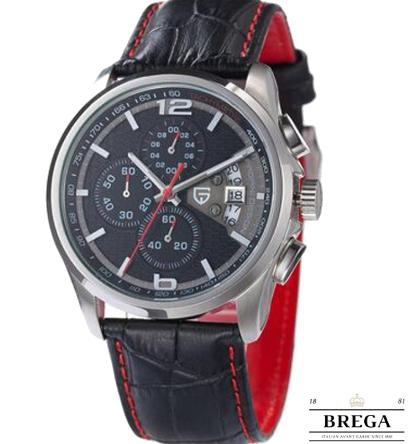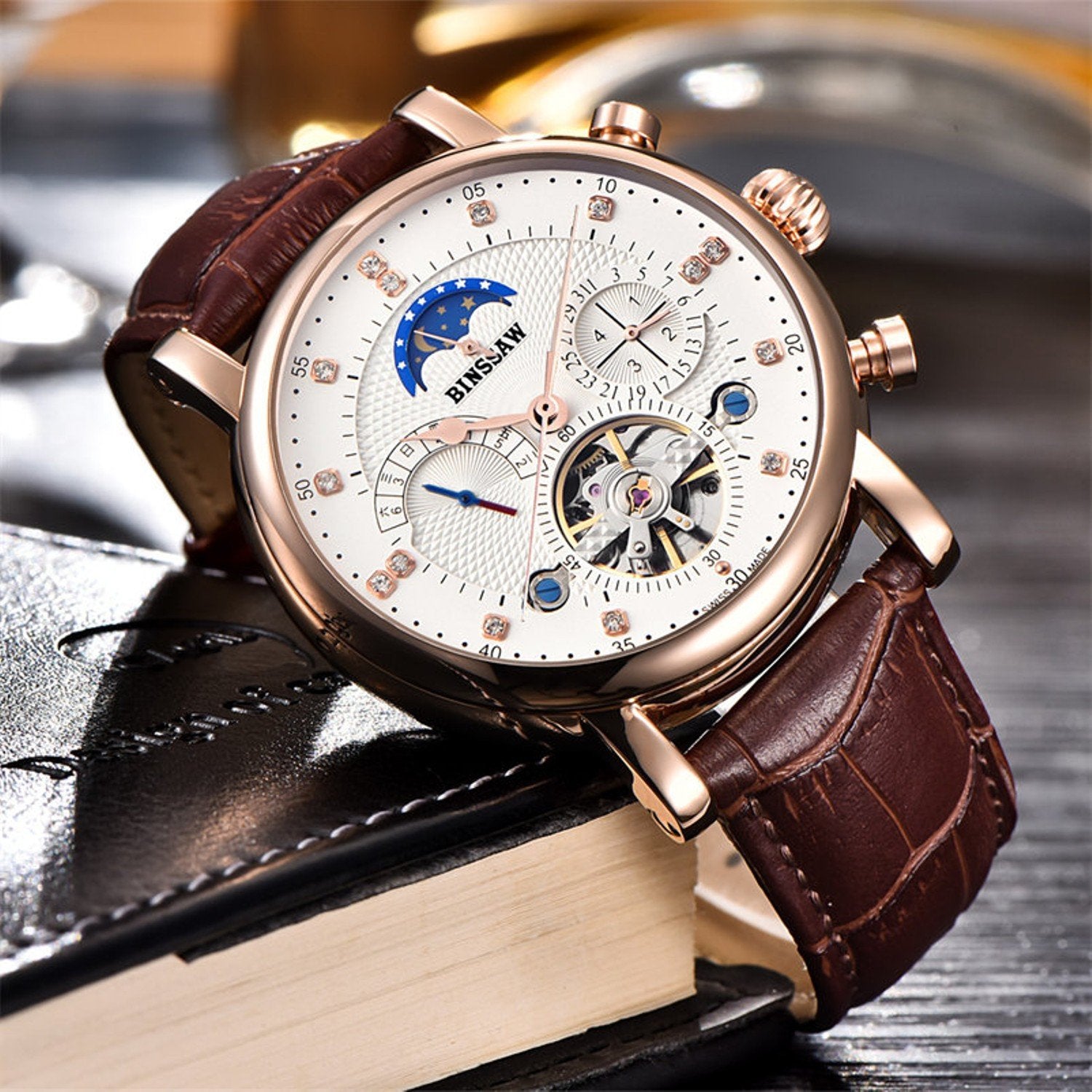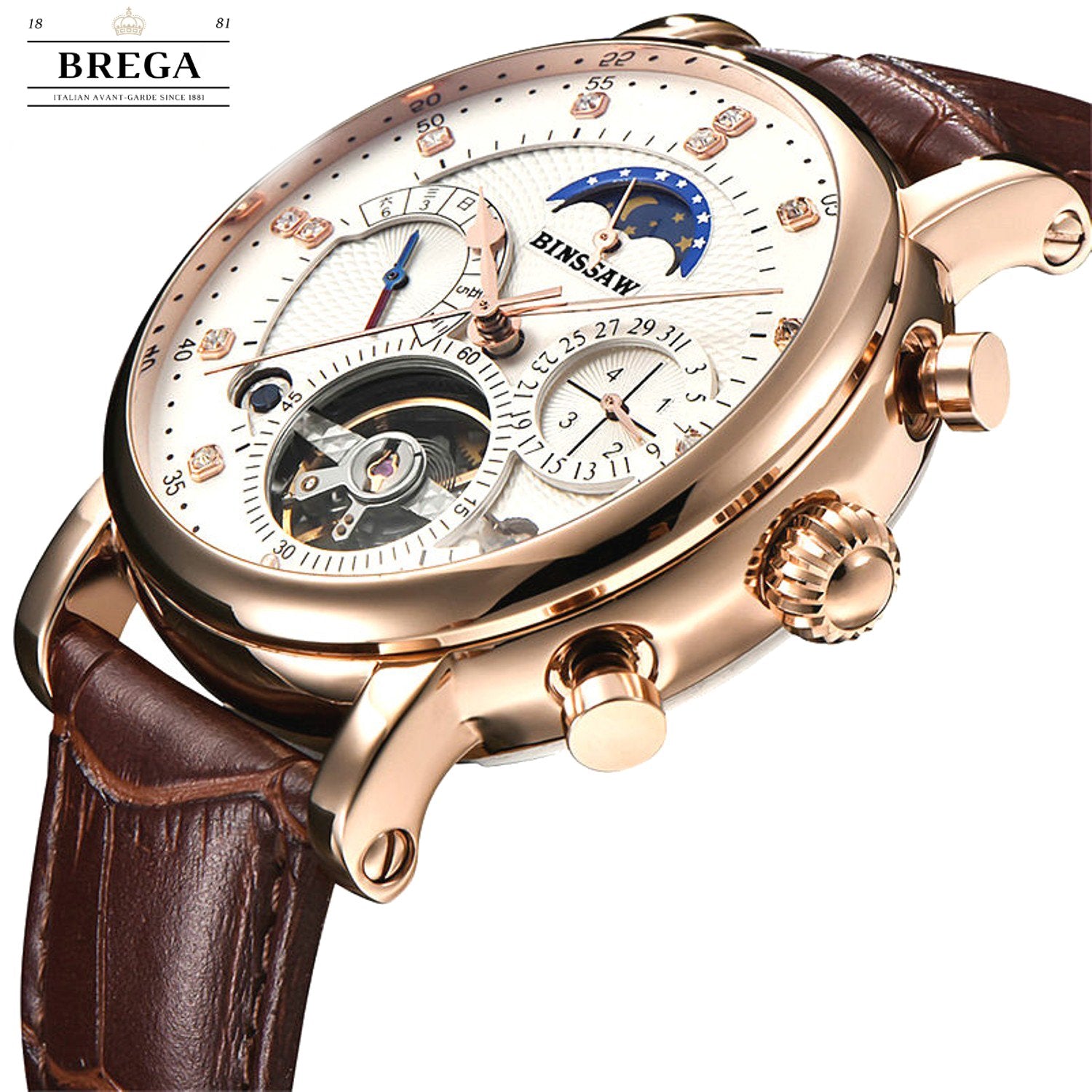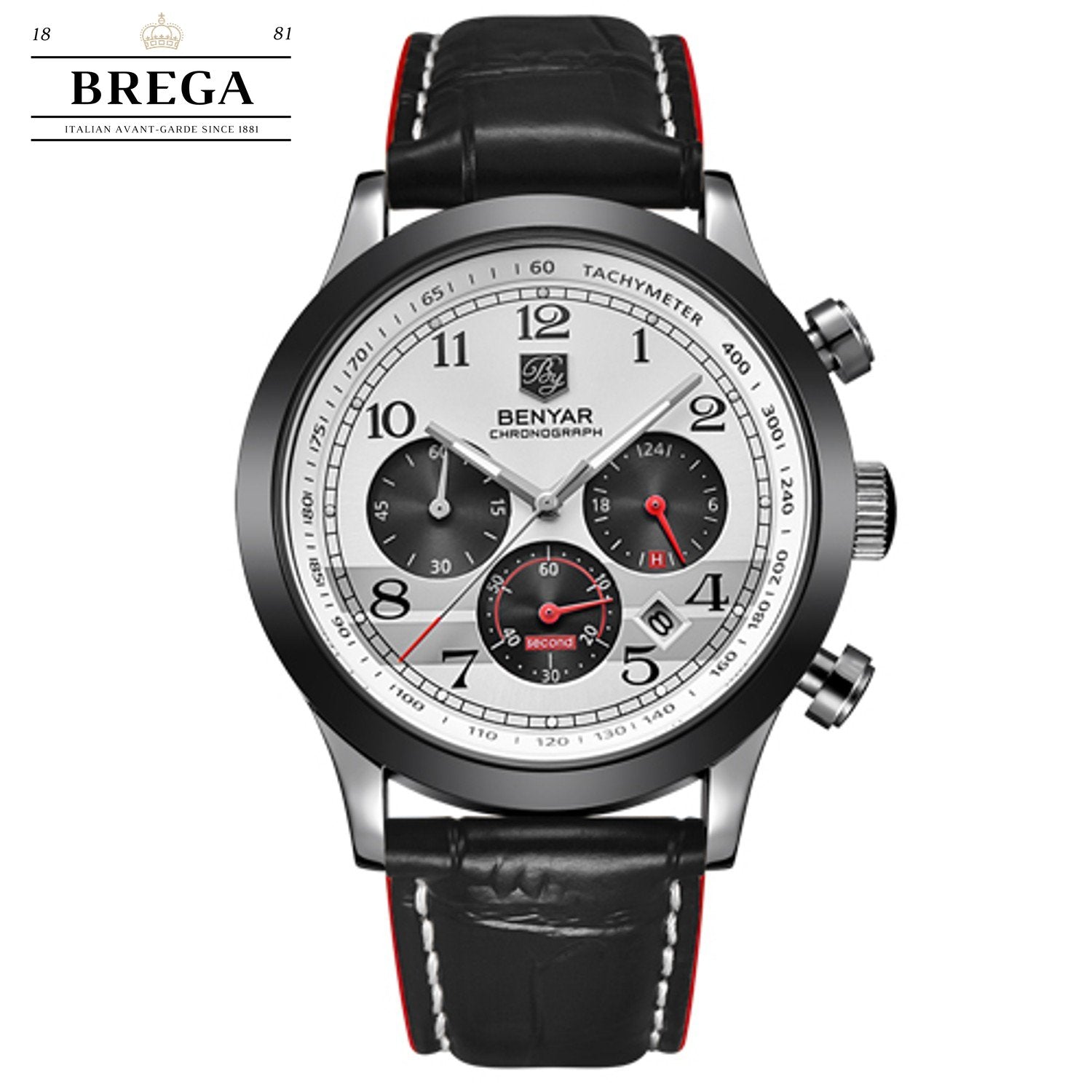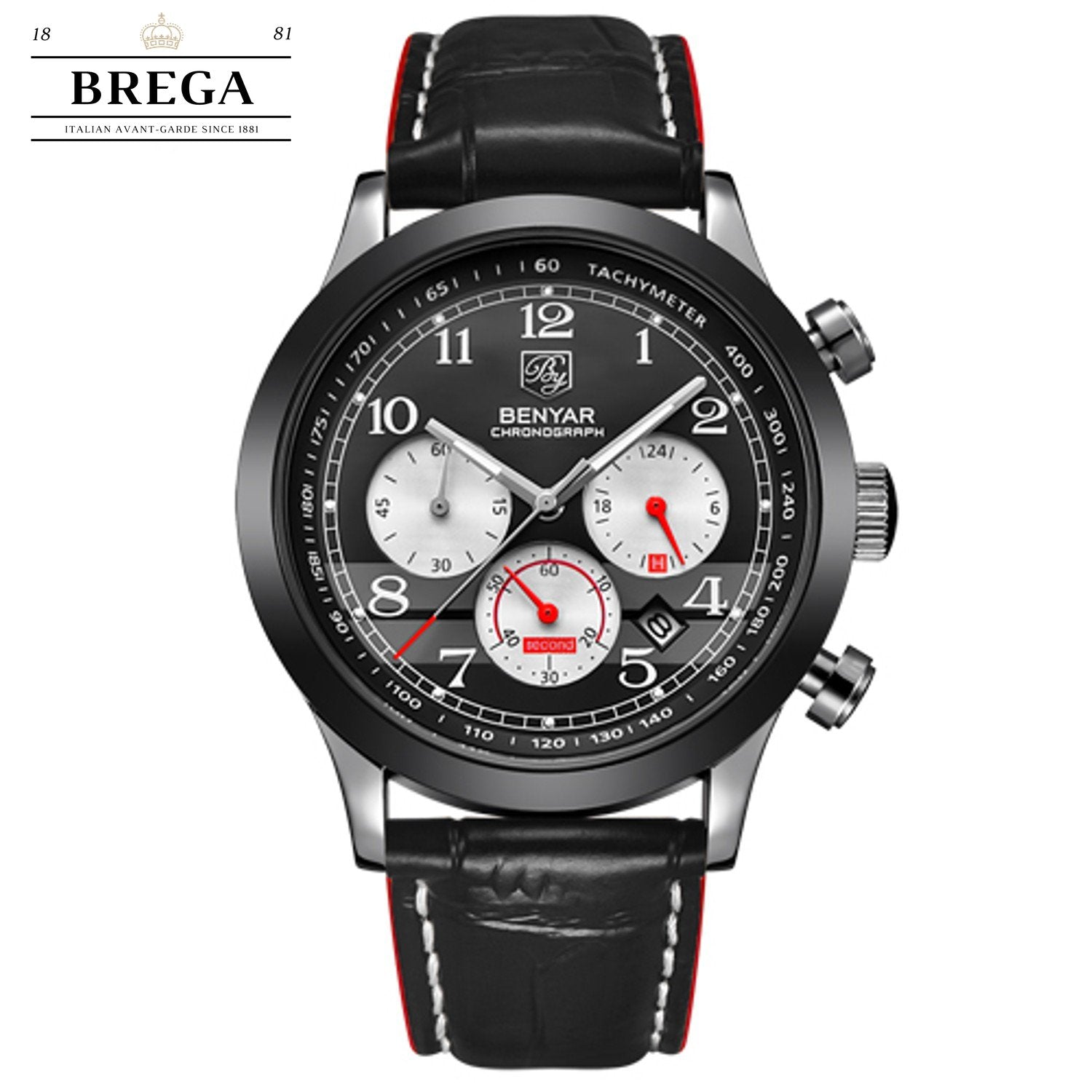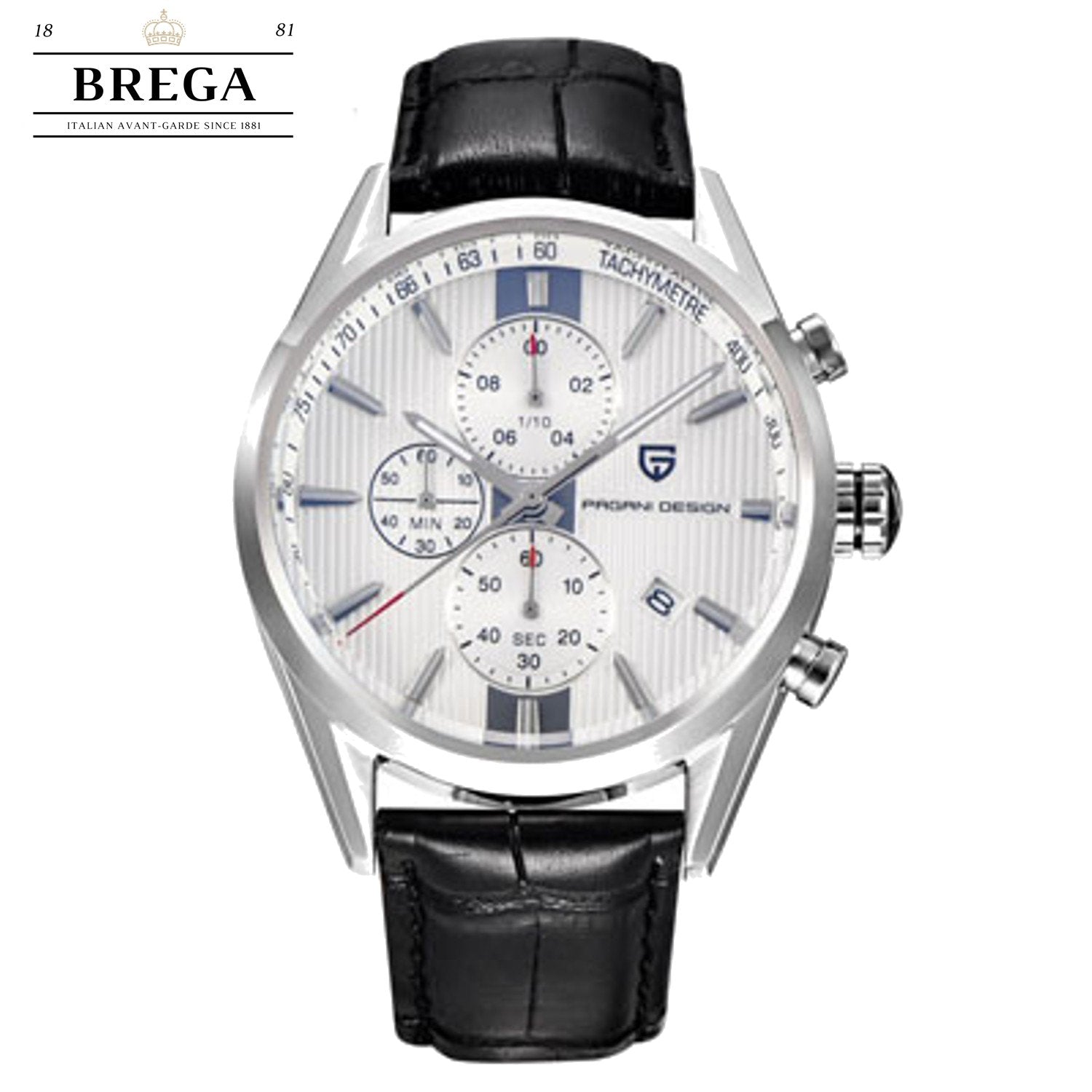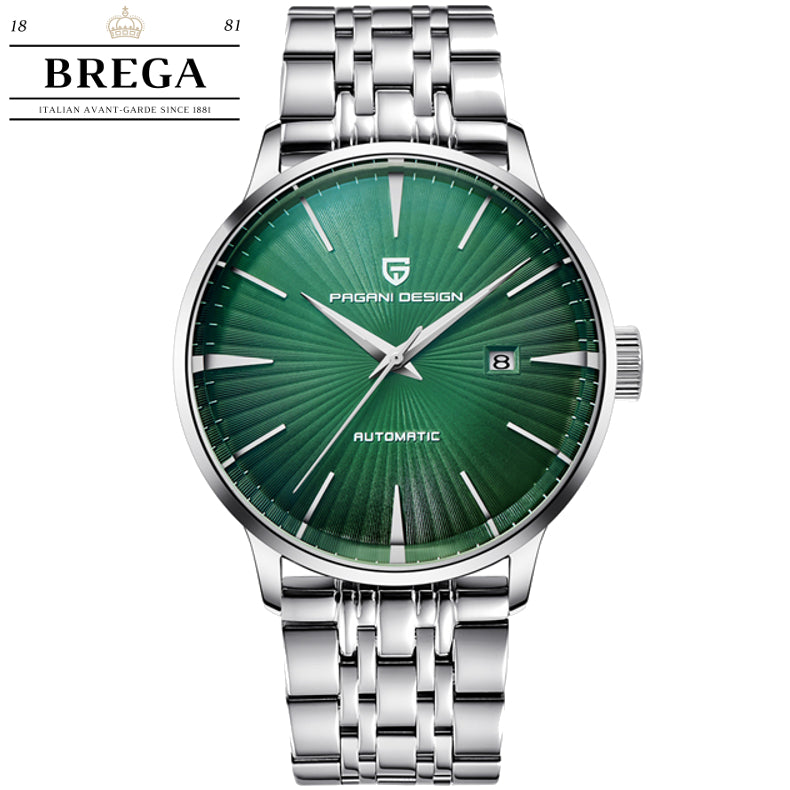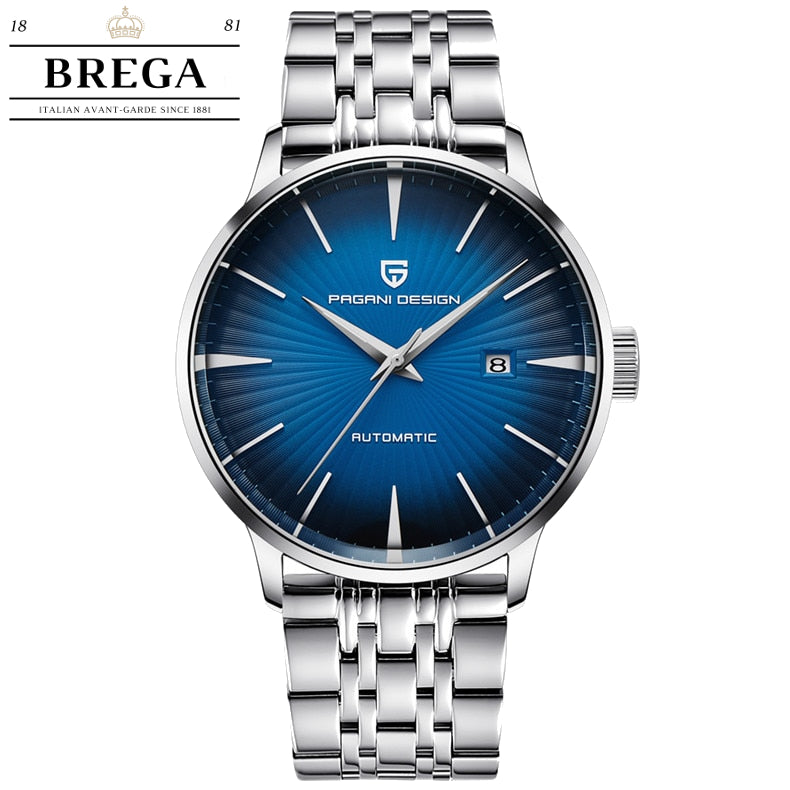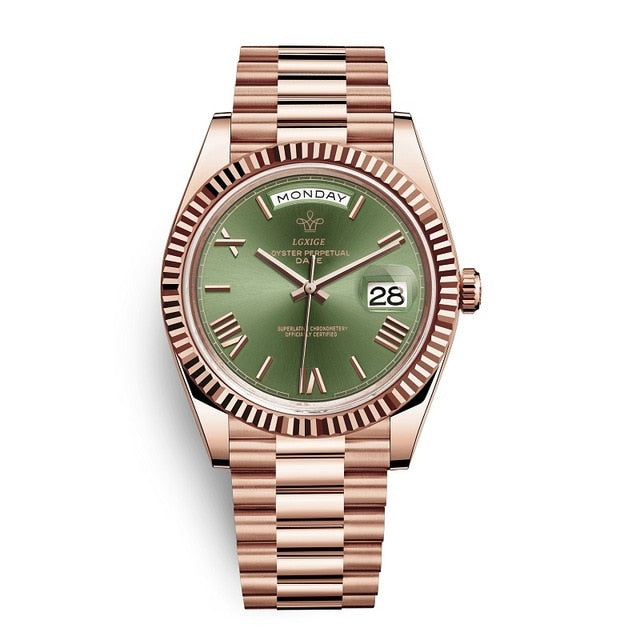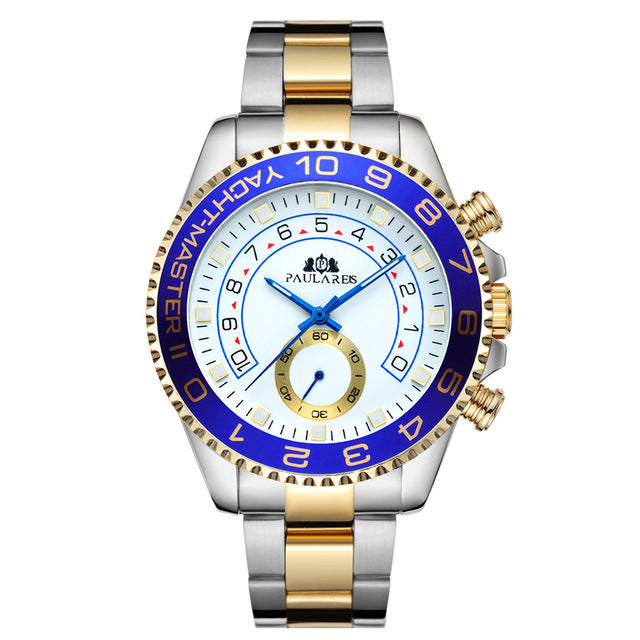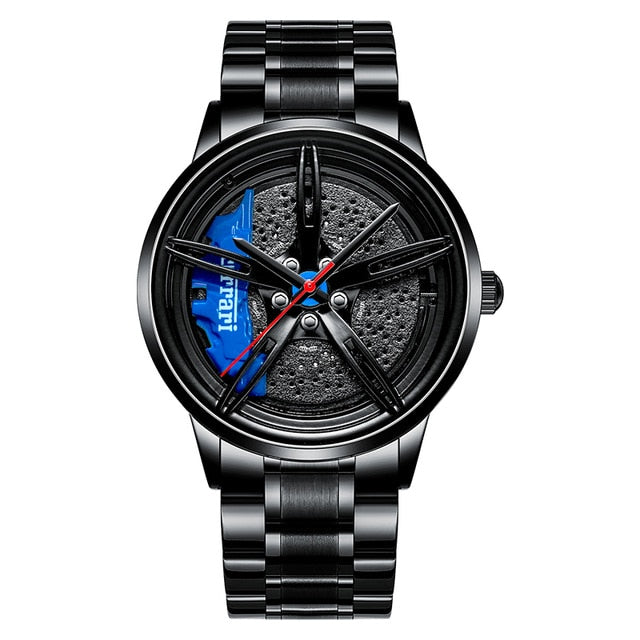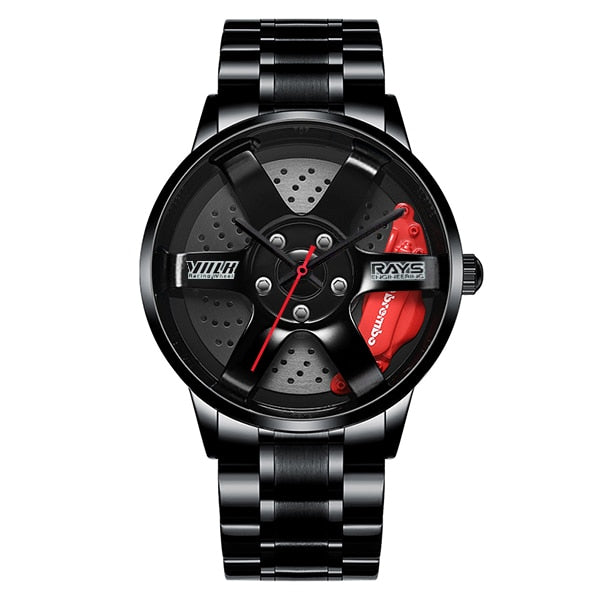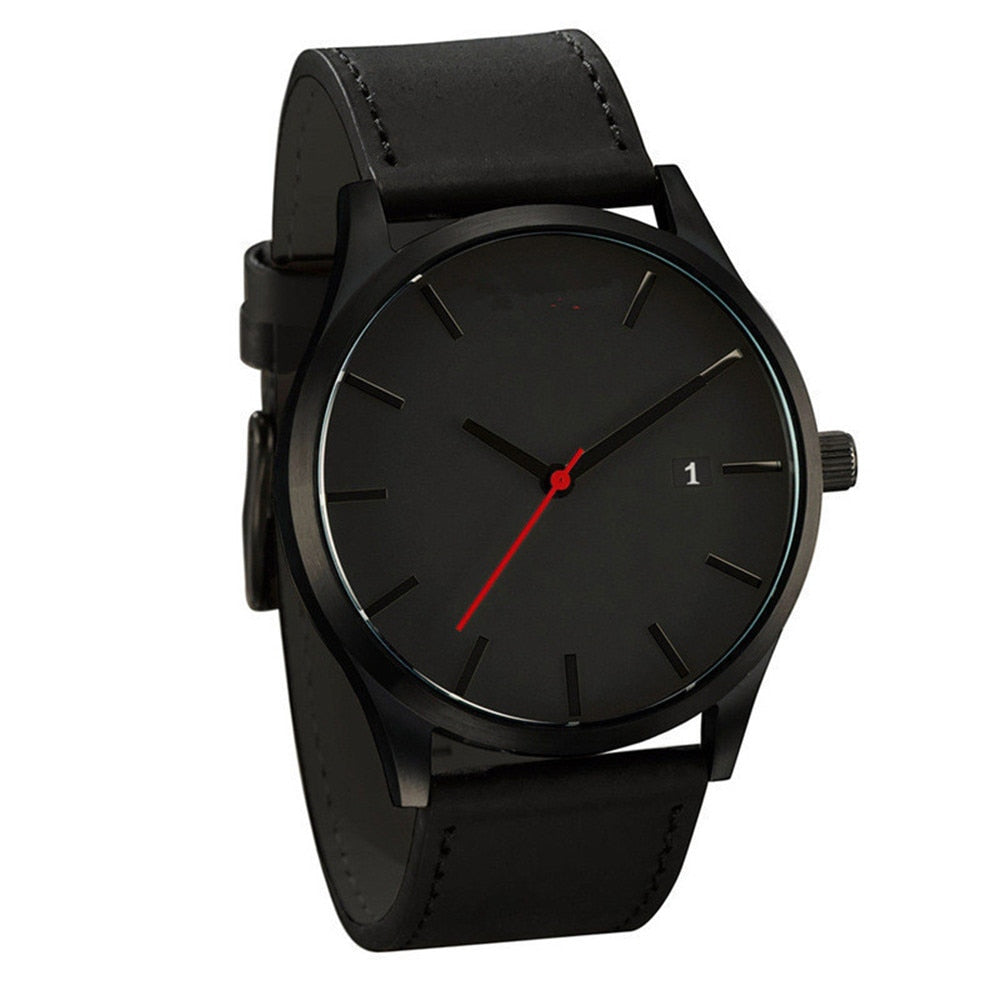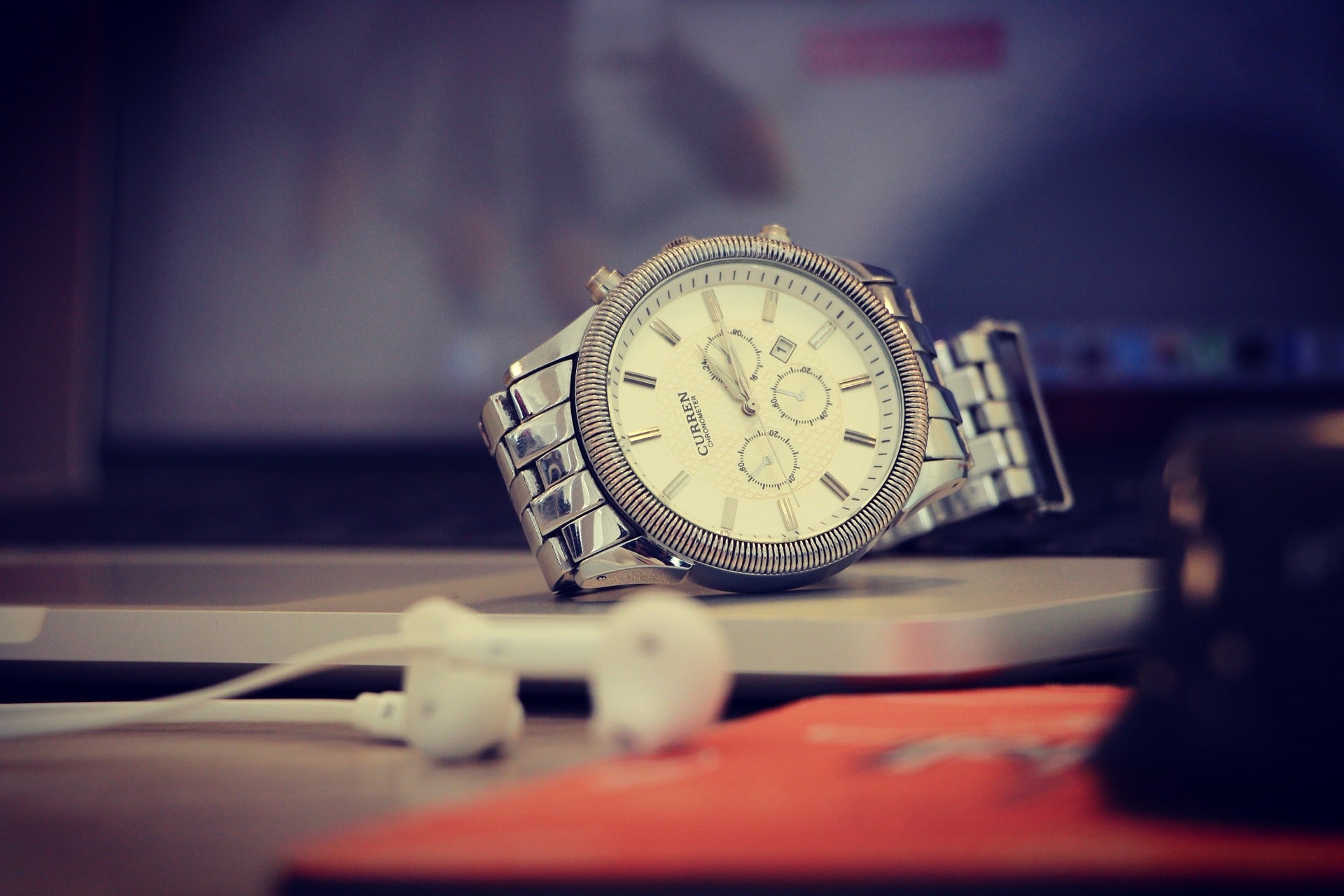
This is the fourth part of our guide to watch complications. Part one looked at chronographs, part two looked at the date complications, and part three looked at the travel complications. In this post, we’ll look at other complications that don’t fit into the previous sections. There are many different types of miscellaneous complications, so we’ll look at the most common, and most often seen.
Moon Phase Complication
Moon phase complications are one of the complications that the true watch enthusiast find very desirable. In terms of usefulness, astrologers, fishermen, and people in those kinds of professions would find it most useful. It’s usually a dial that moves, and has symbols that signify the cycle of the moon. The location of the moon phase complication varies from watch to watch, as does the style of the graphics, and the colors used. Sometimes it might be full of bright and bold colors, and other times it might have a much more subtle color scheme.
Power Reserve
Mechanical watches can only contain a certain amount of power. This is what powers all the functions of your watch. The power reserve display lets you know how much longer the watch can run for, so basically it tells you how long is left before the watch needs to be wound again. Like with the moon phase complication, there isn’t a universal location for the power reserve display.. Although, some watches have the power reserve complication, but without an indicator display. In terms of style, there are four that are most often used. Some are displayed as a linear display, others use a +/- gauge, others use a pie display which looks a little like the fuel gauge in a car, and others still use the aperture display.
Alarm
Some watches have an alarm function. It works exactly as you would expect. You set the time that you want the alarm to sound, and it make a noise when it reaches that time.
Minute Repeater
The minute repeater complication used to be a very common complication in the early days of watch design. It’s not as often seen as it once was, but it is considered to be a very collectible complication. A minute repeater chimes out the hours, minutes and quarter hours depending on how you’ve requested it. They helped people with visual impairments tell the time, and they were really useful for telling the time in the dark.
Tourbillon
The tourbillon improves the balance of the watch, and it improves the accuracy. It compensates for the changes in gravity and changes of watch position. It was invented by A.L. Breguet, and requires a lot of skill, talent and craftsmanship to get right. However, it’s not strictly necessary for modern watch design, as they tend to be very accurate anyway.
Any time you’re looking to buy a new watch, you should decide what complications are important to you. You need to think about which ones are going to be most useful, and you need to look for a high end designer. Brega Watches have a wonderful collection of high end watches at an affordable price. You can view the complete collection here.

